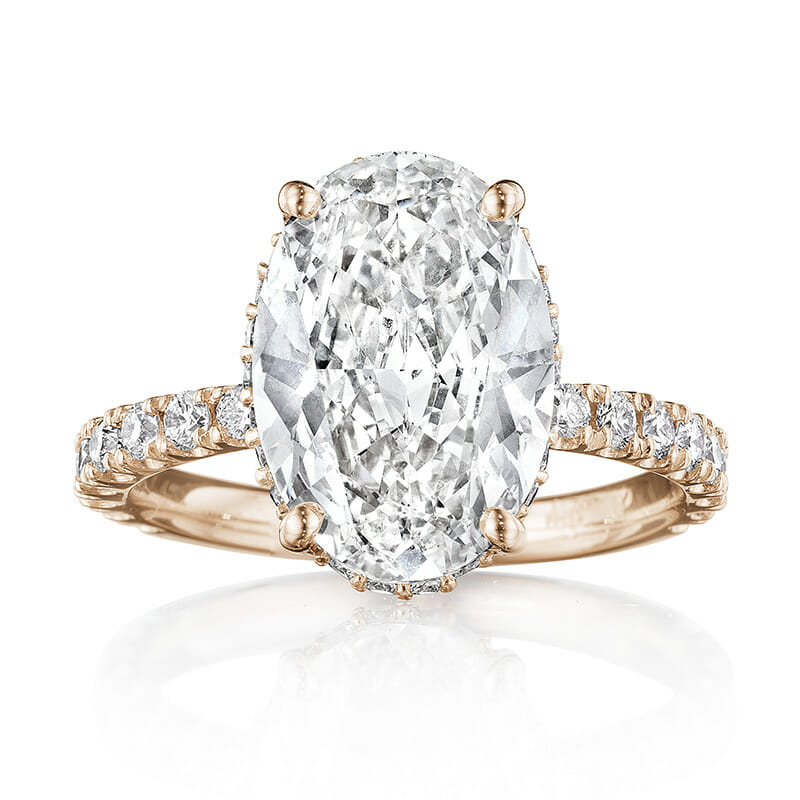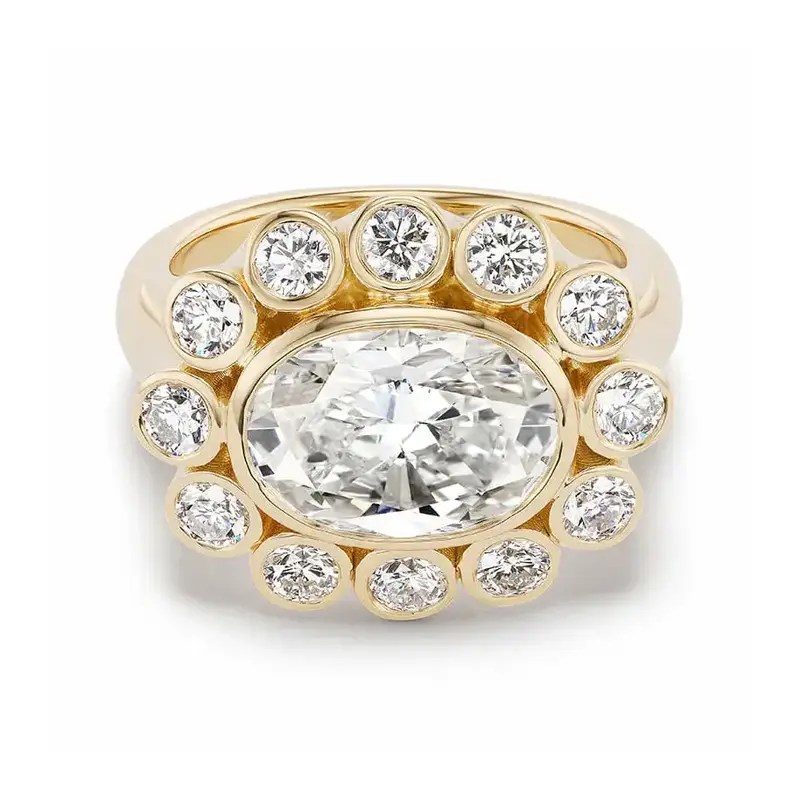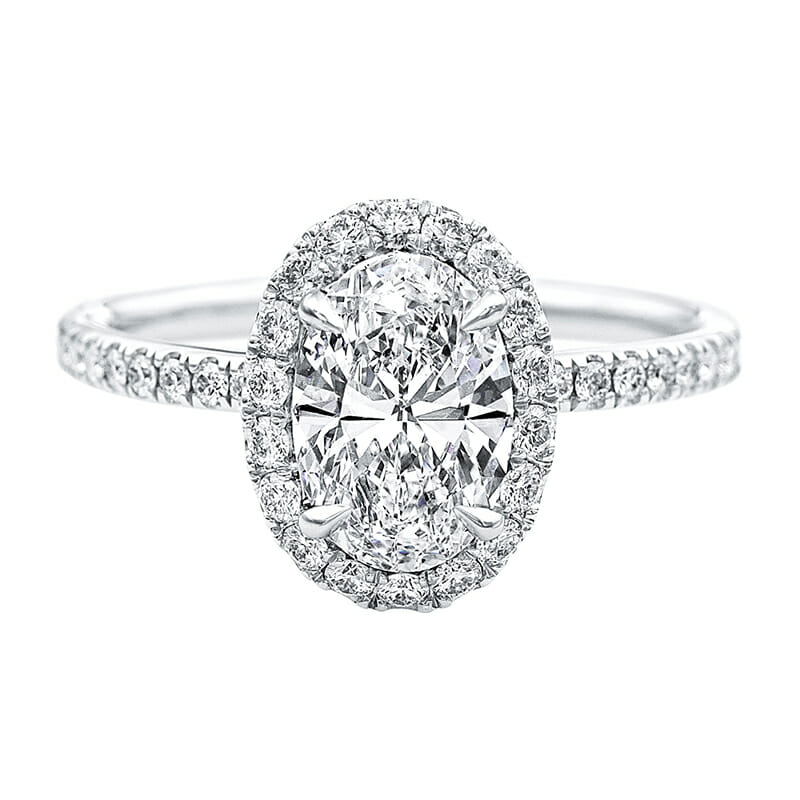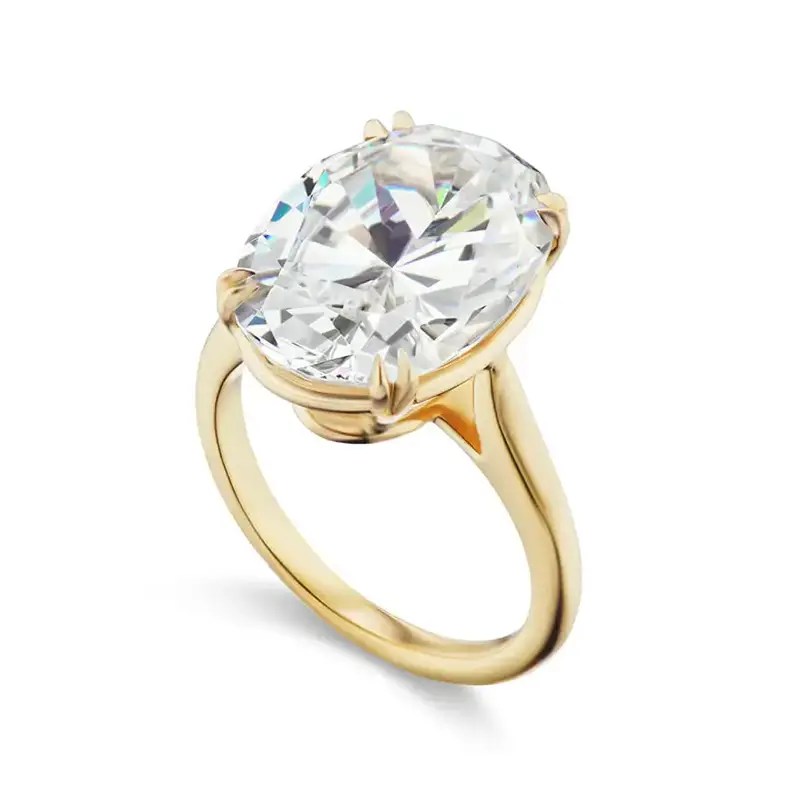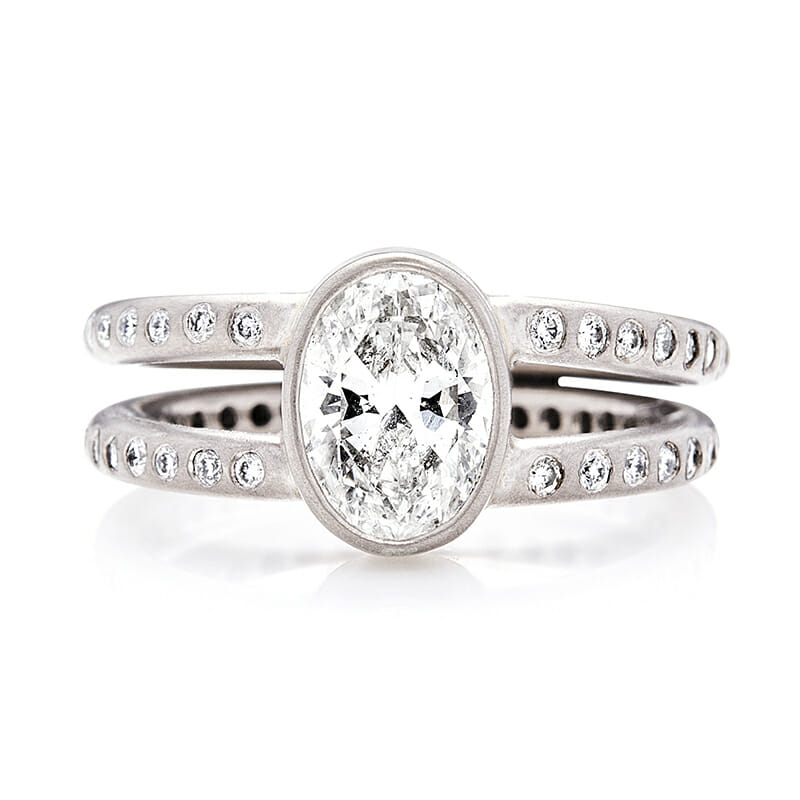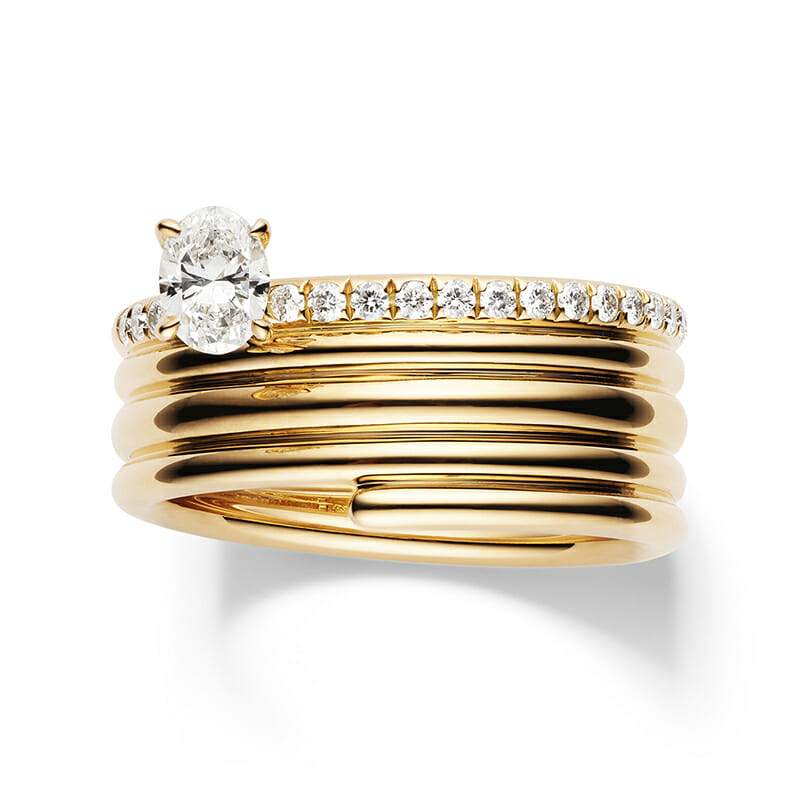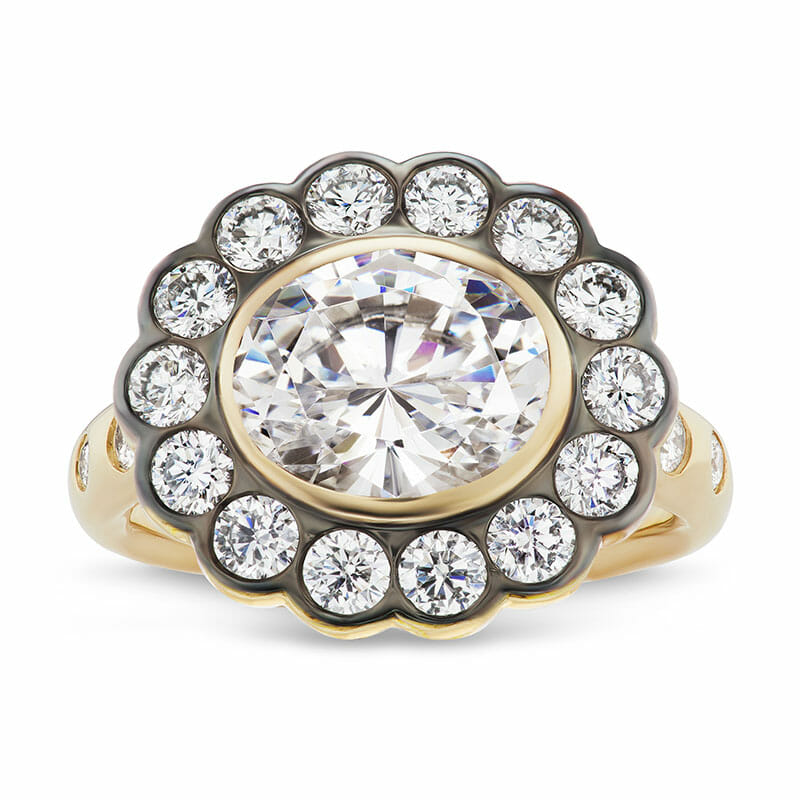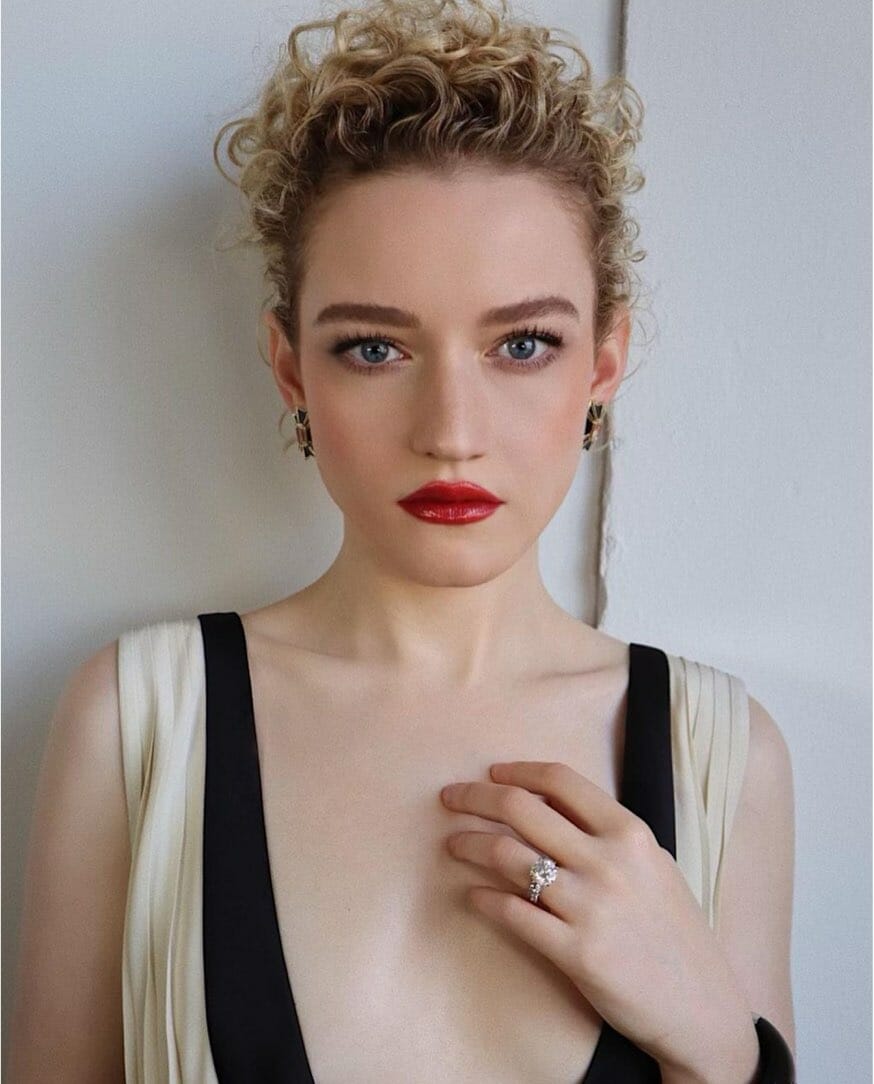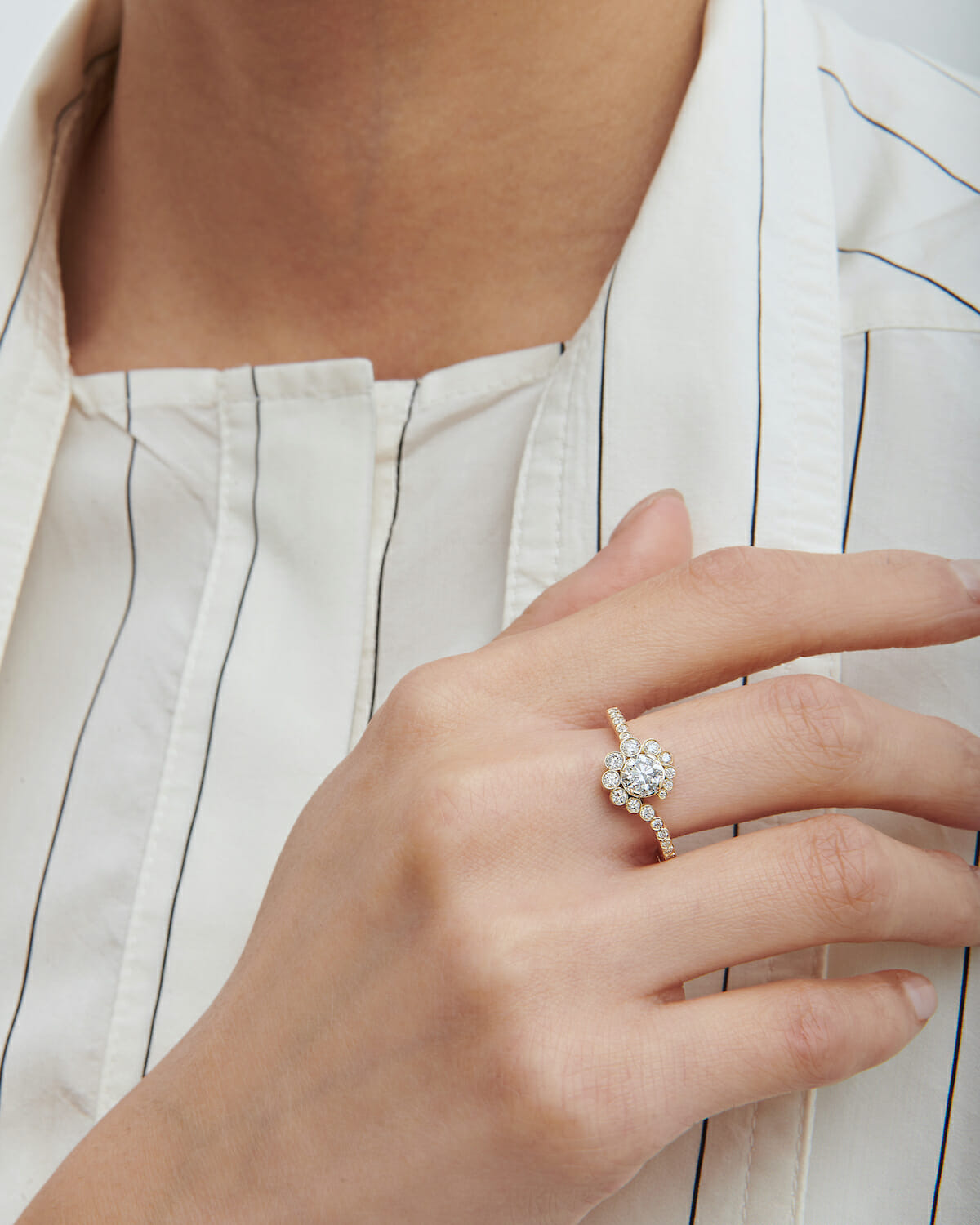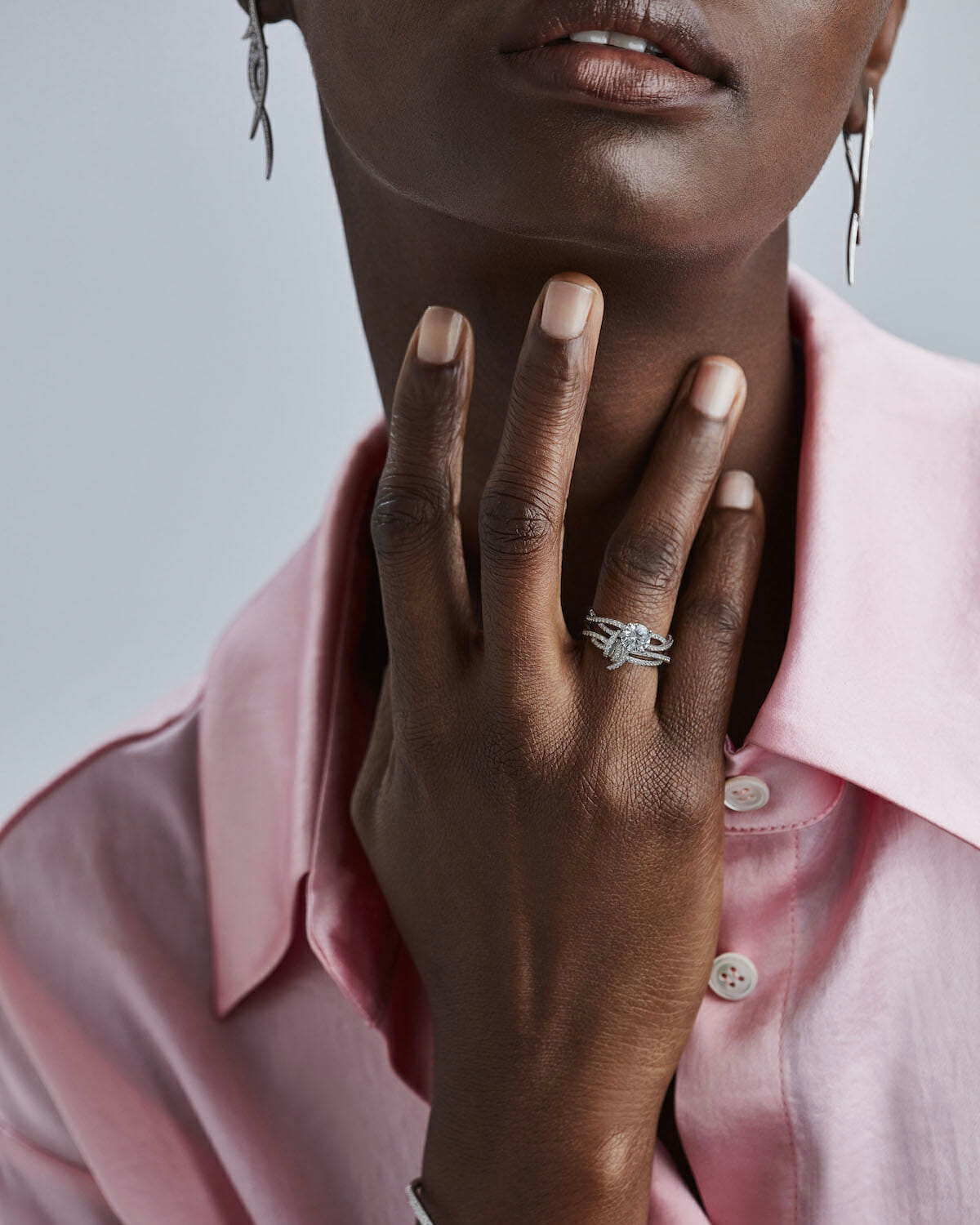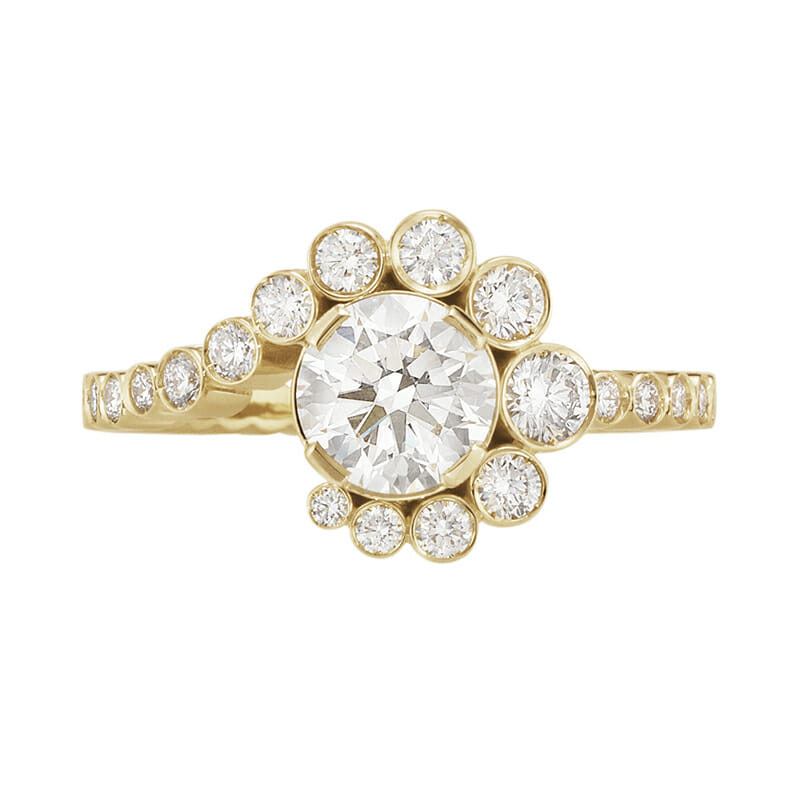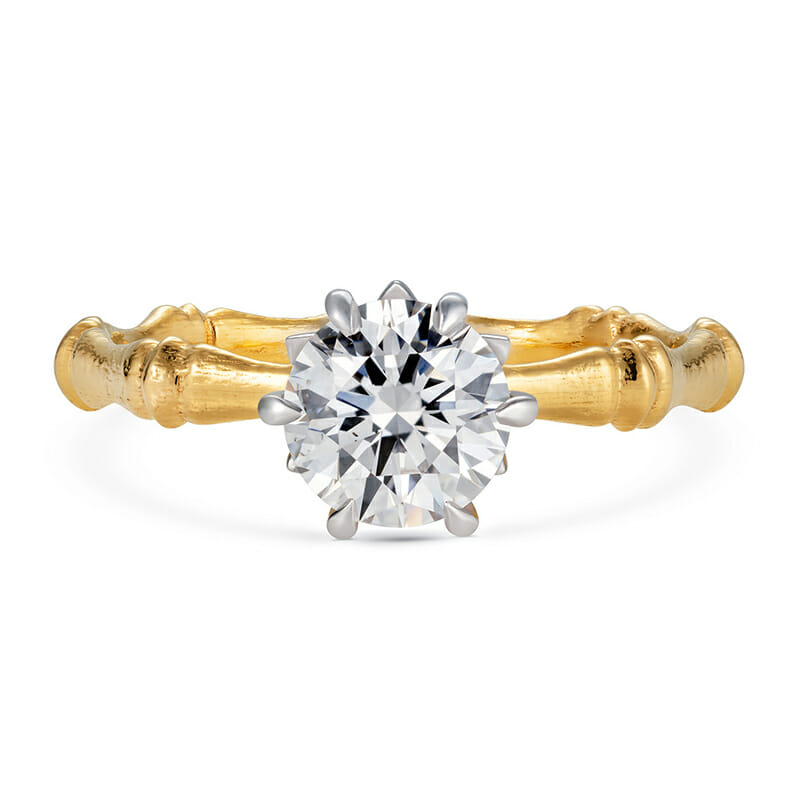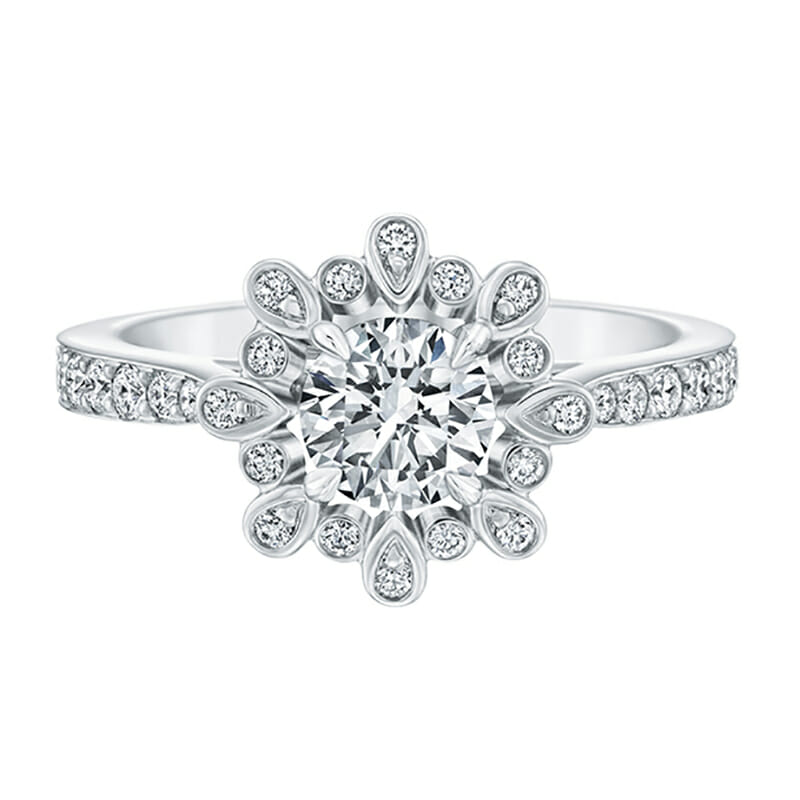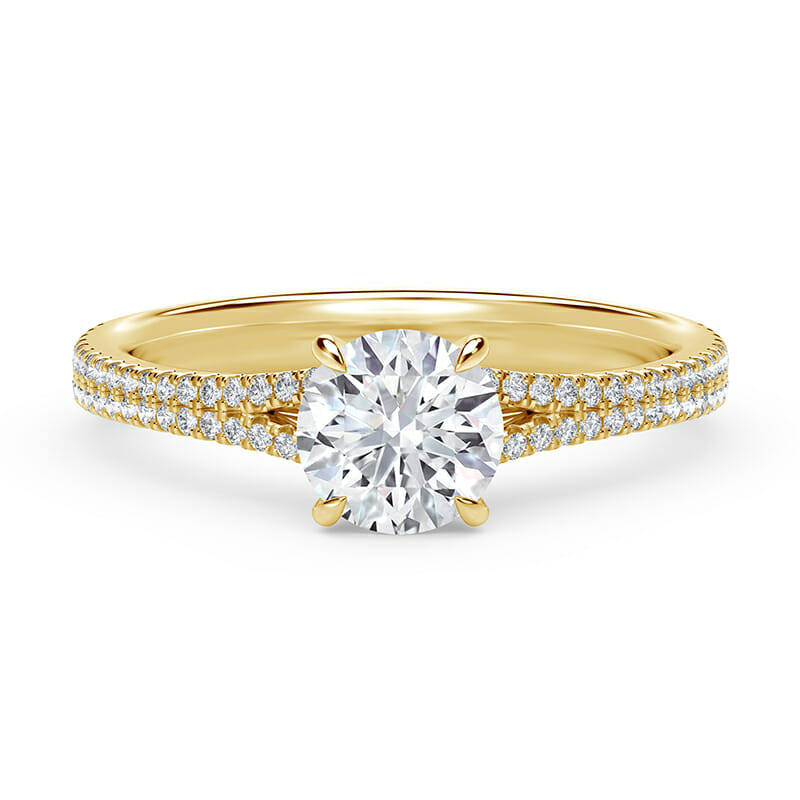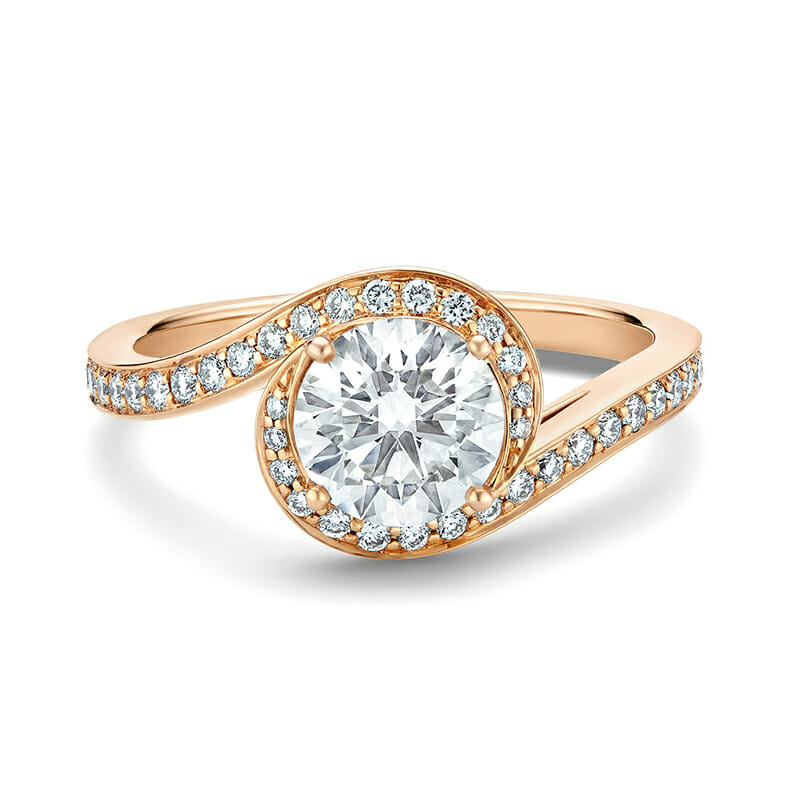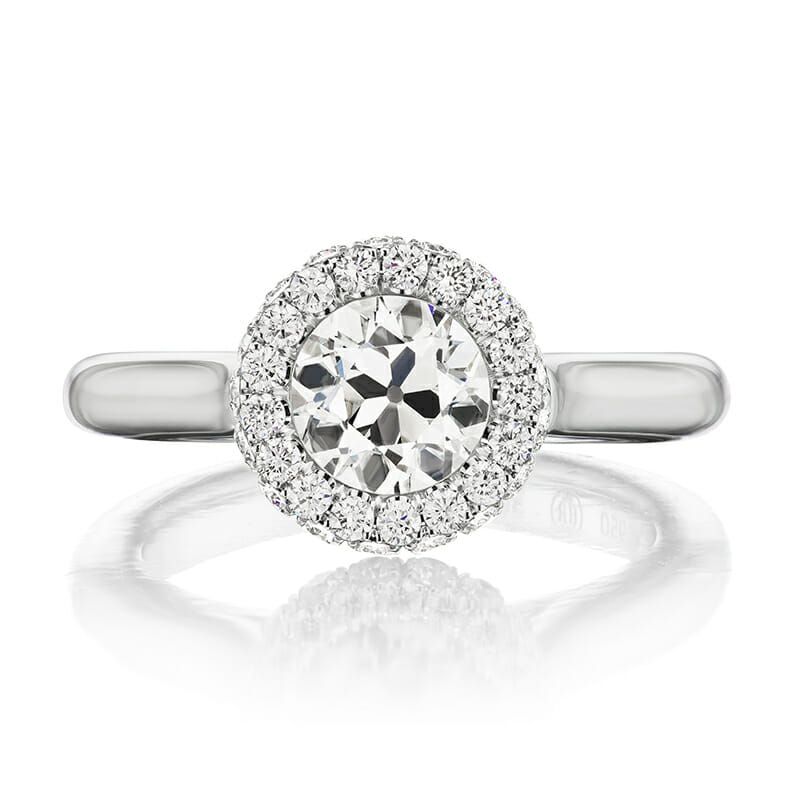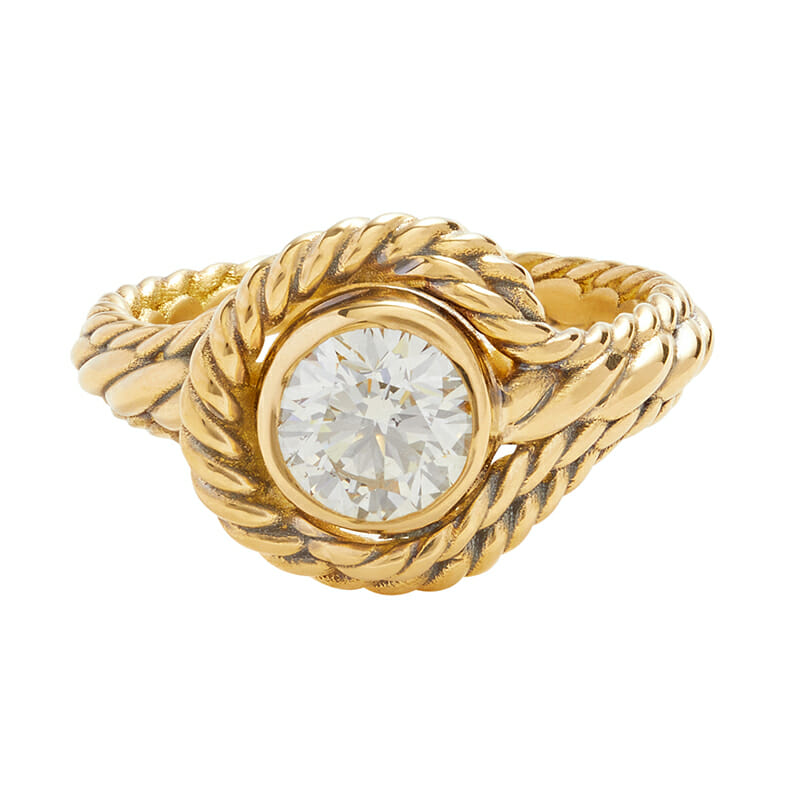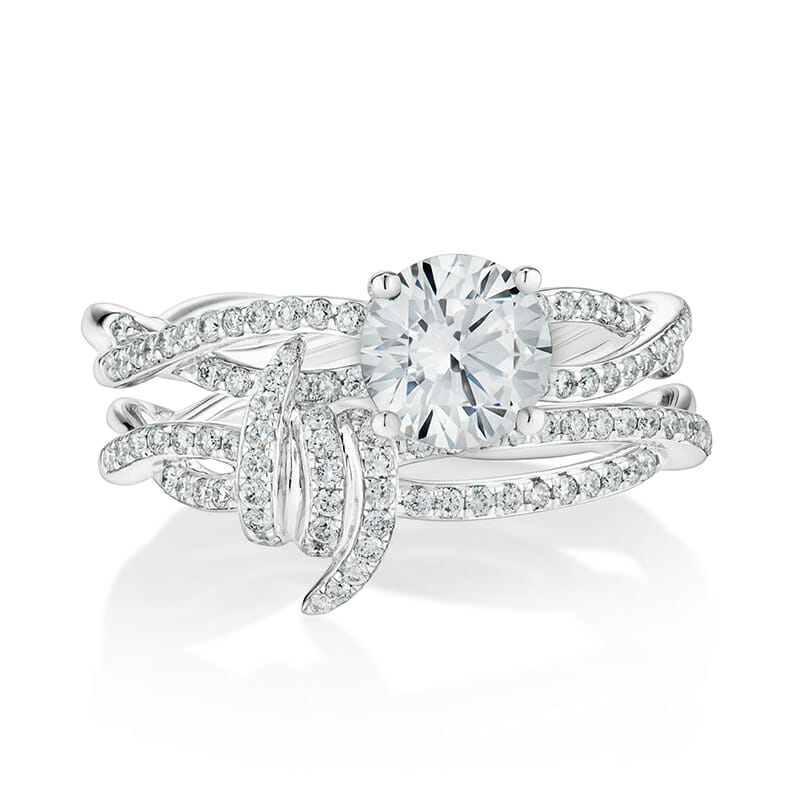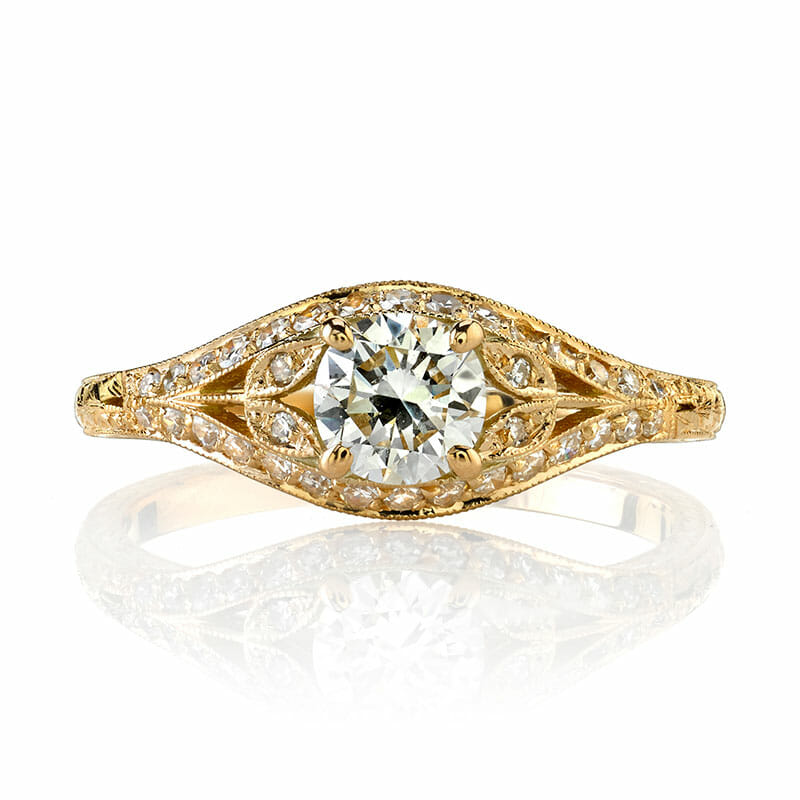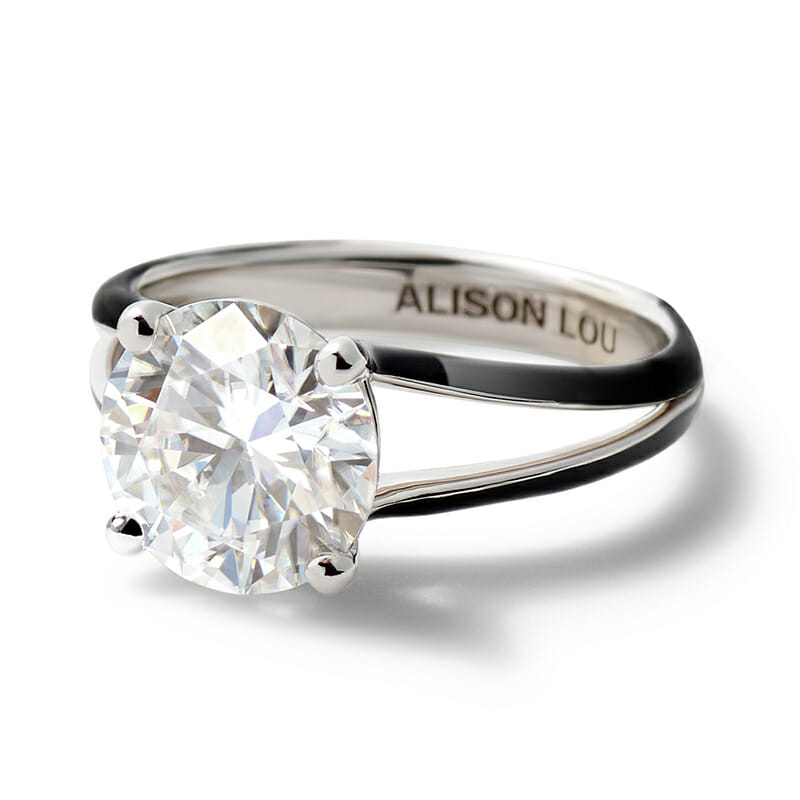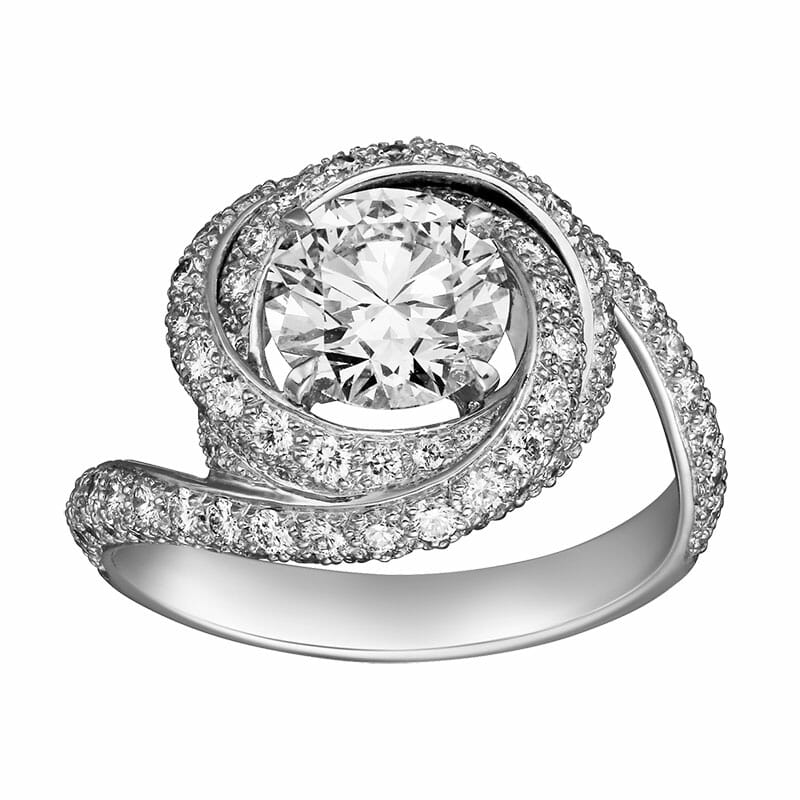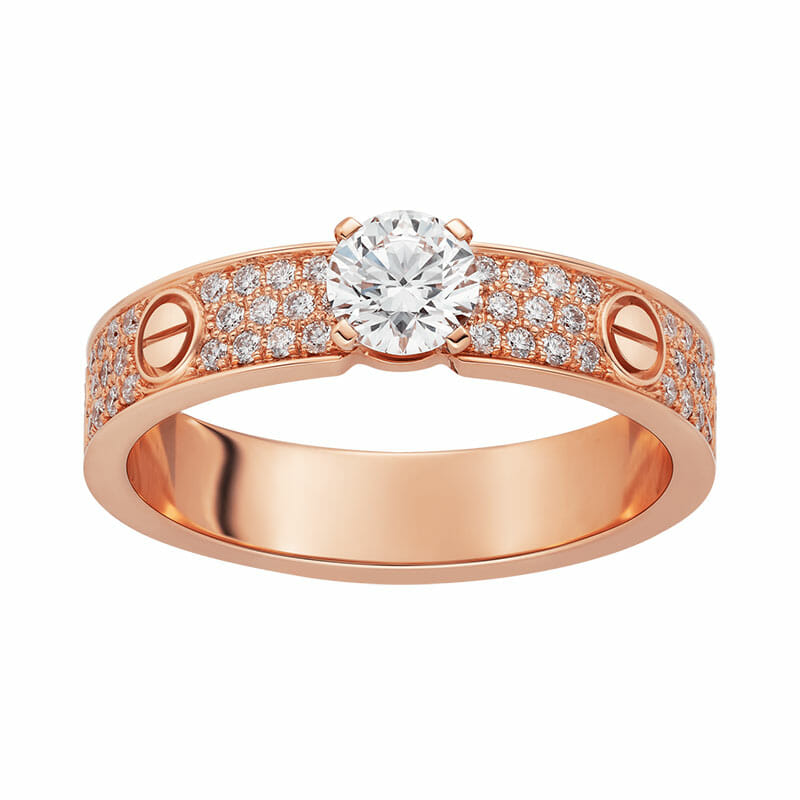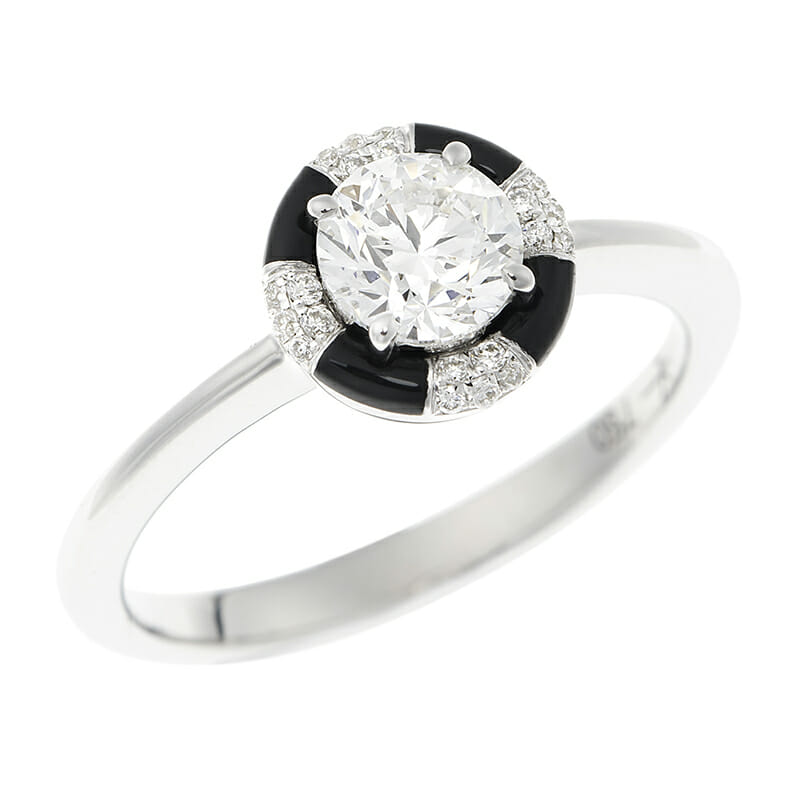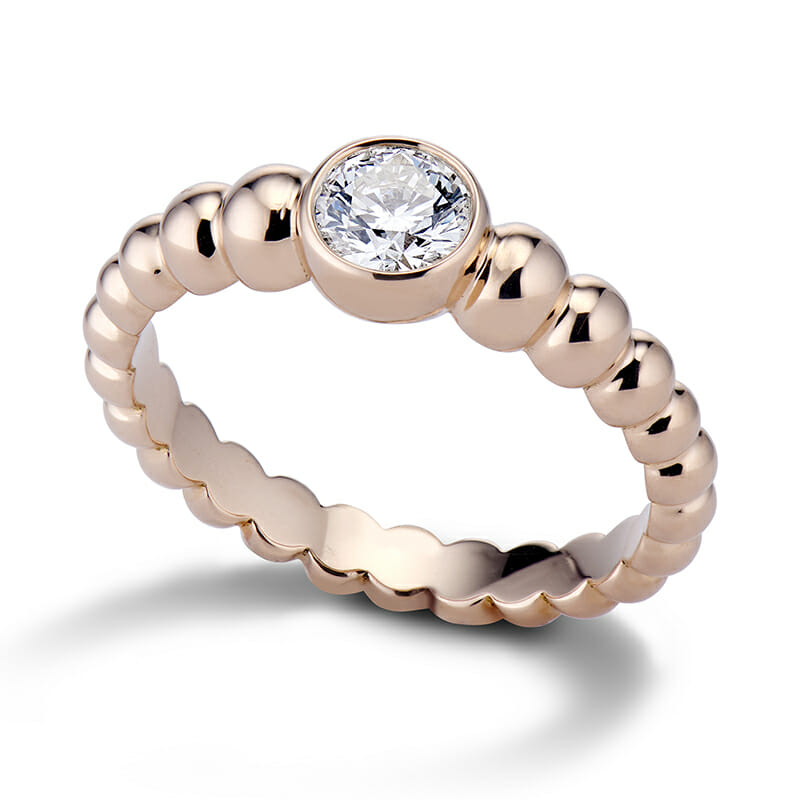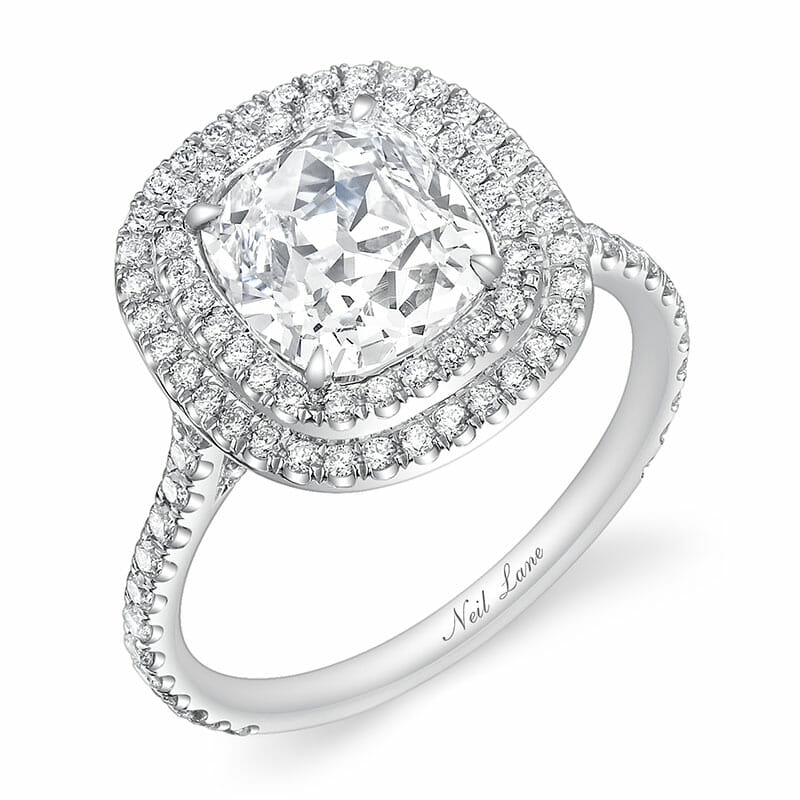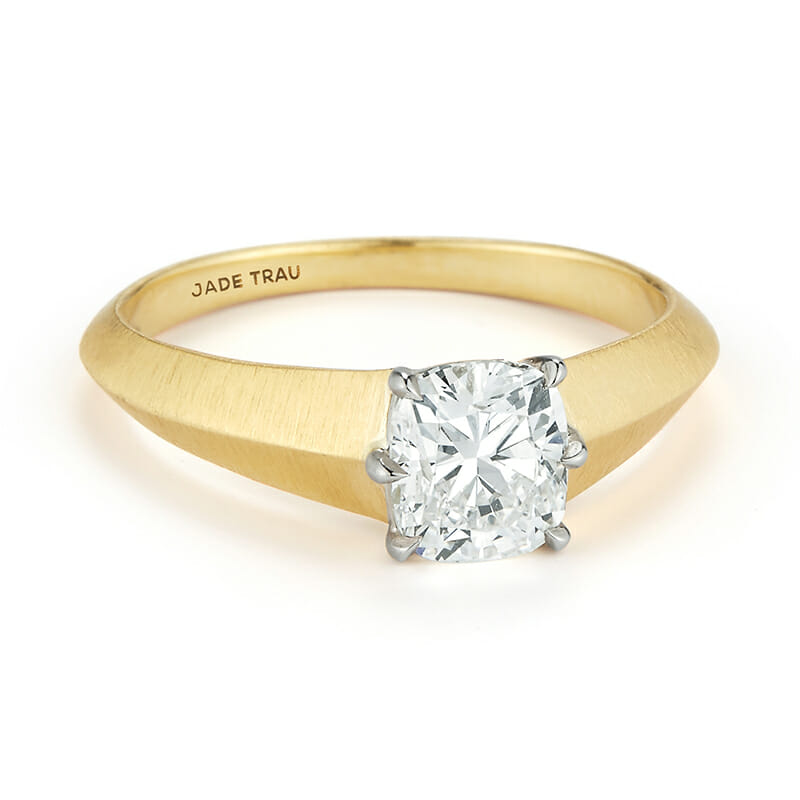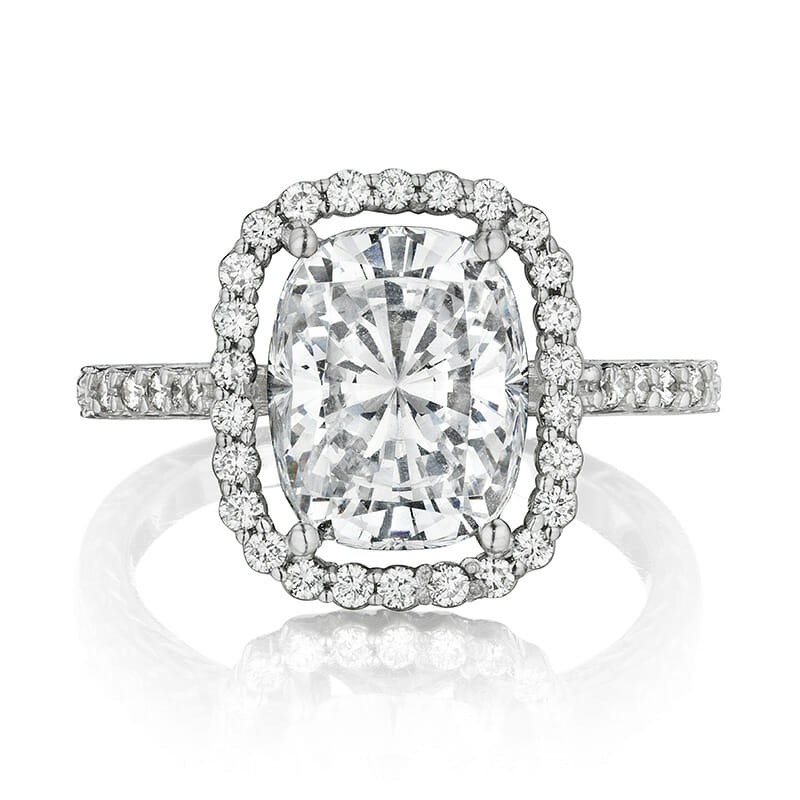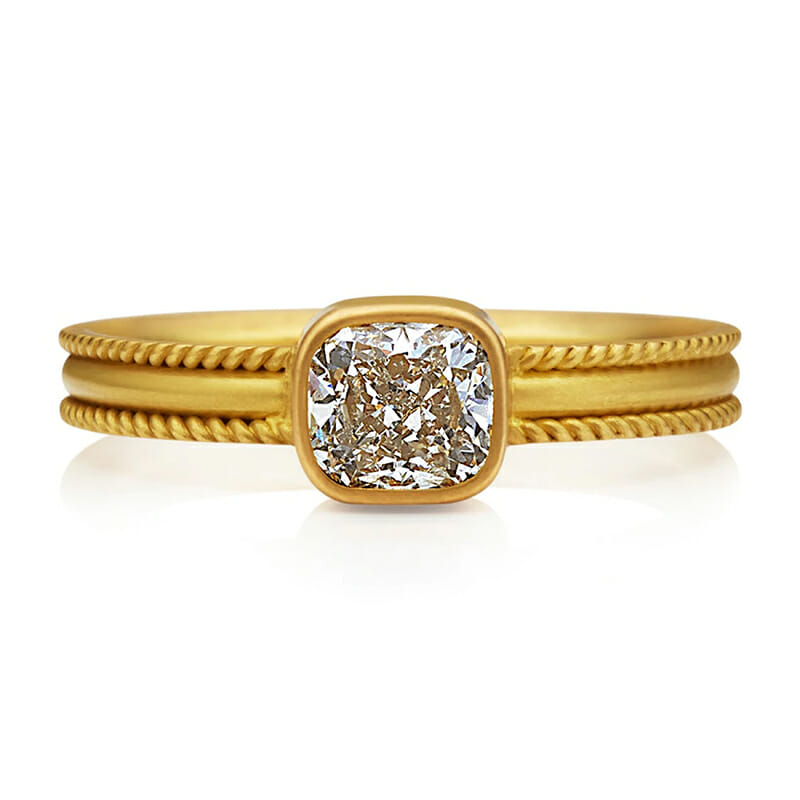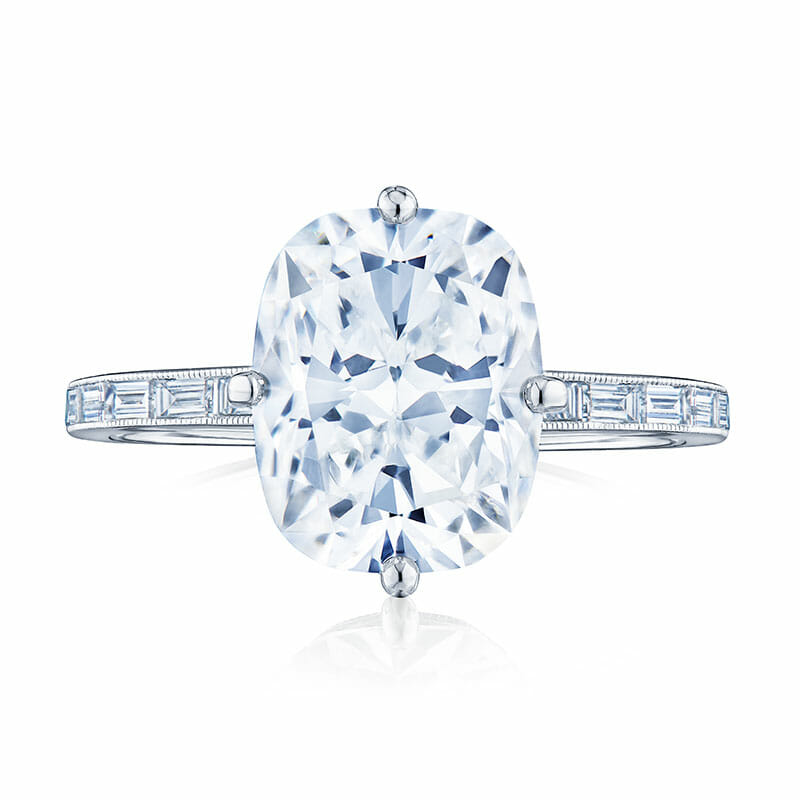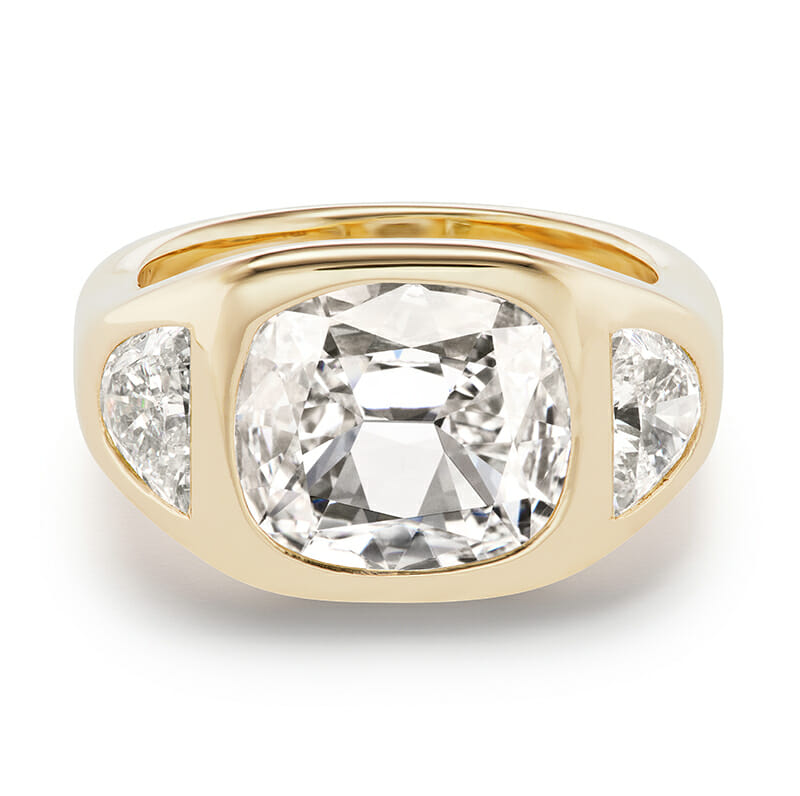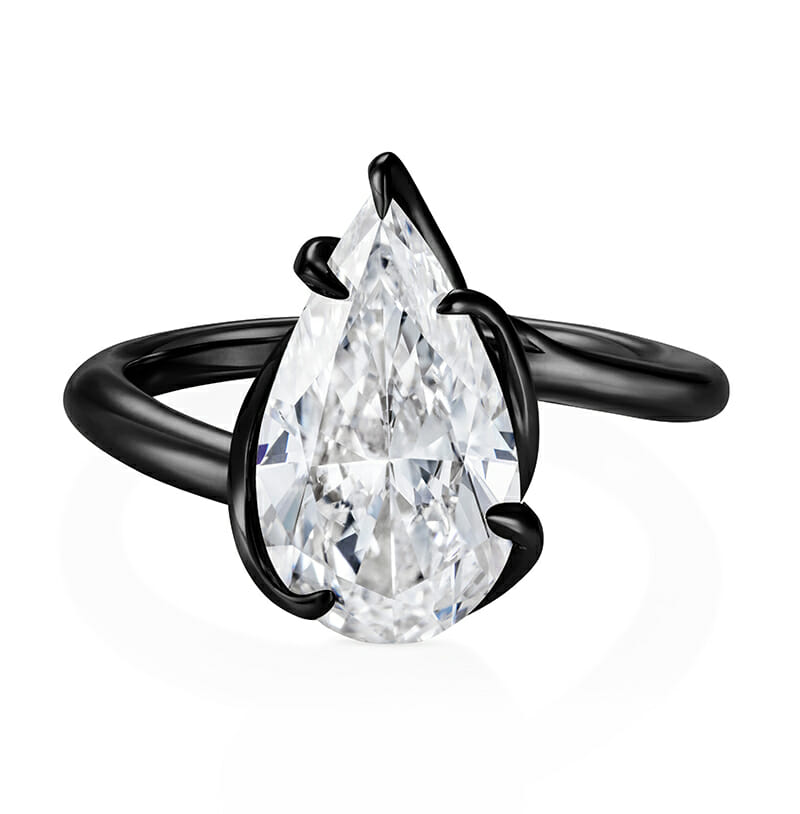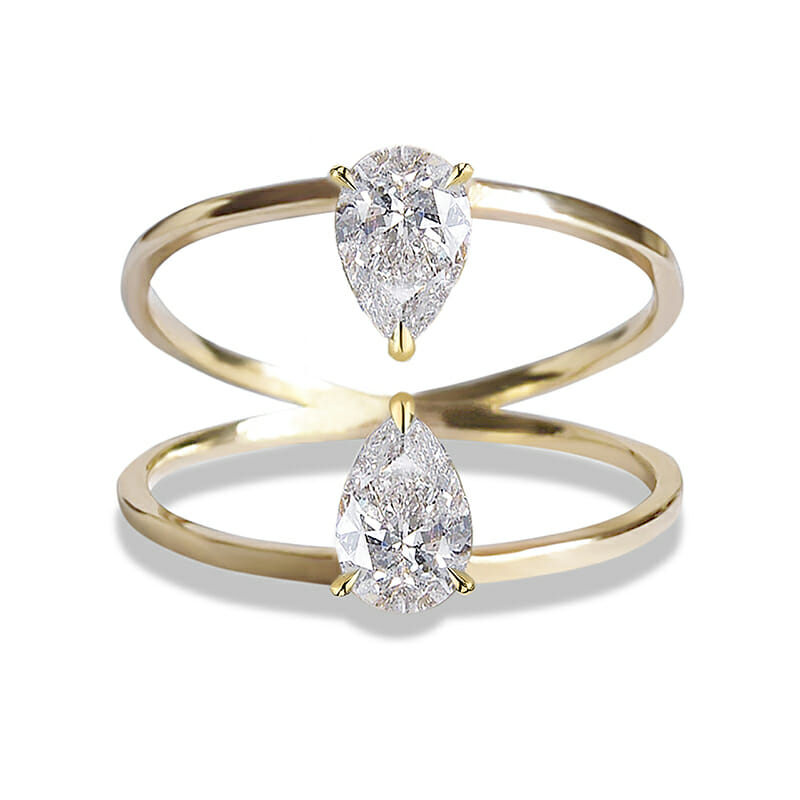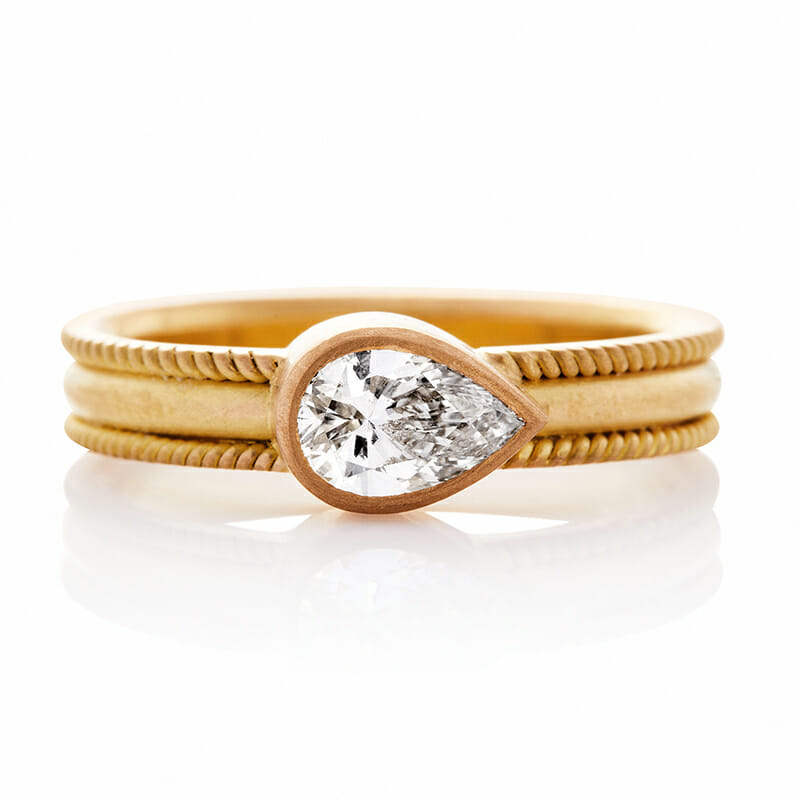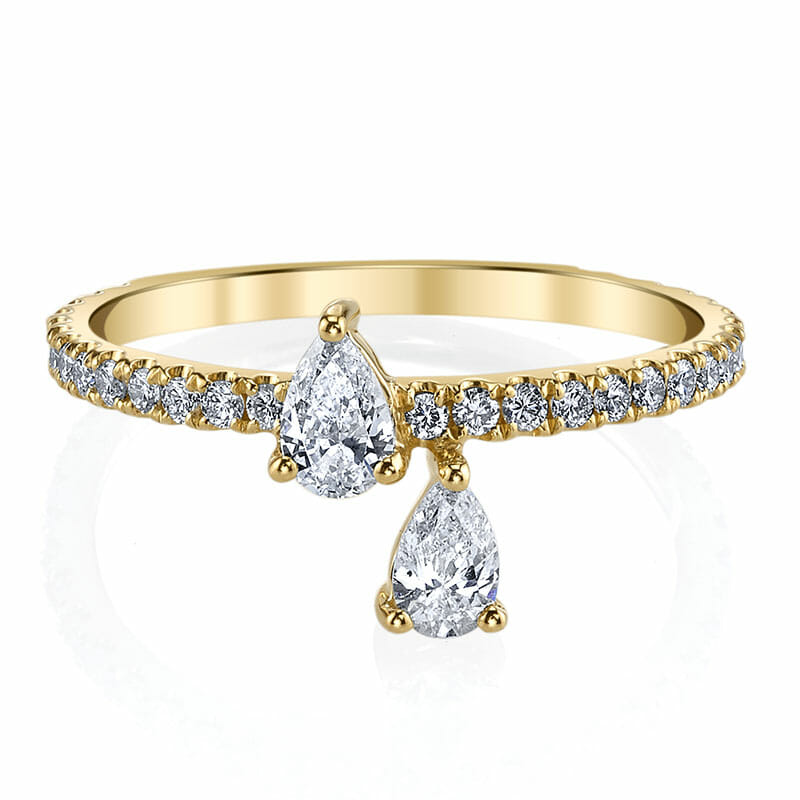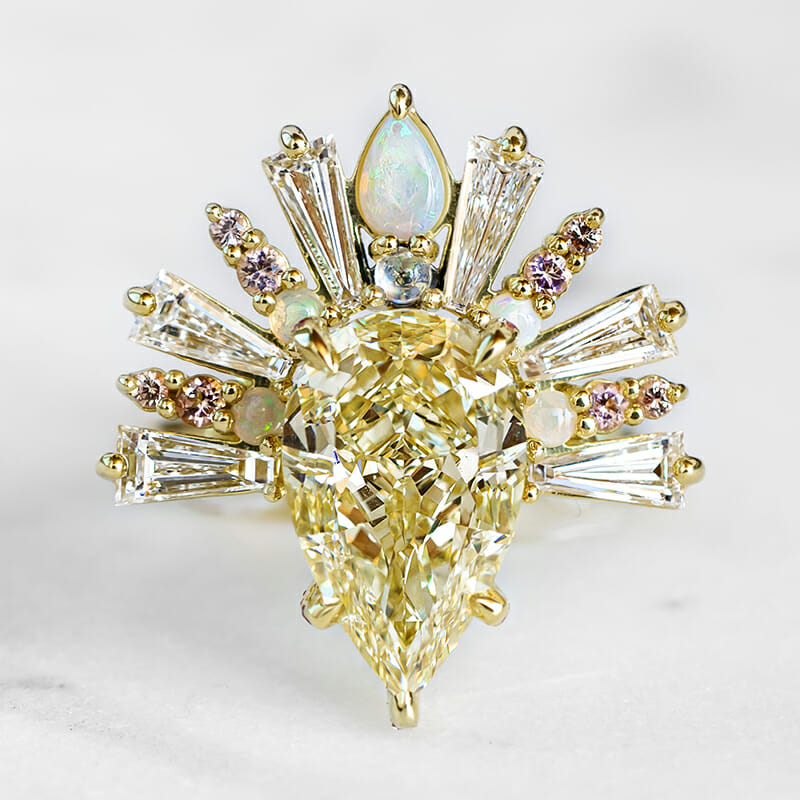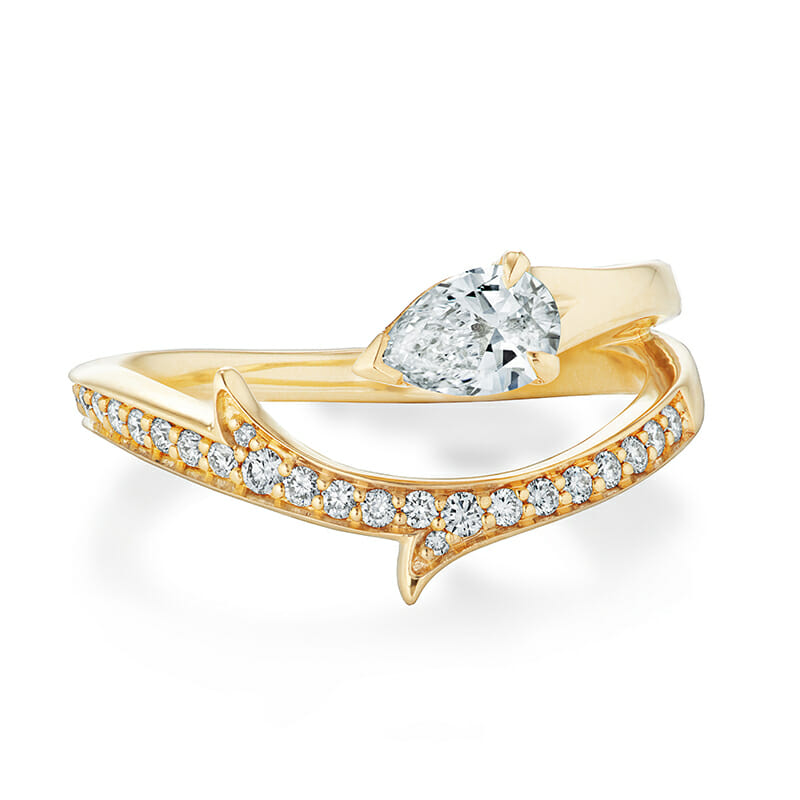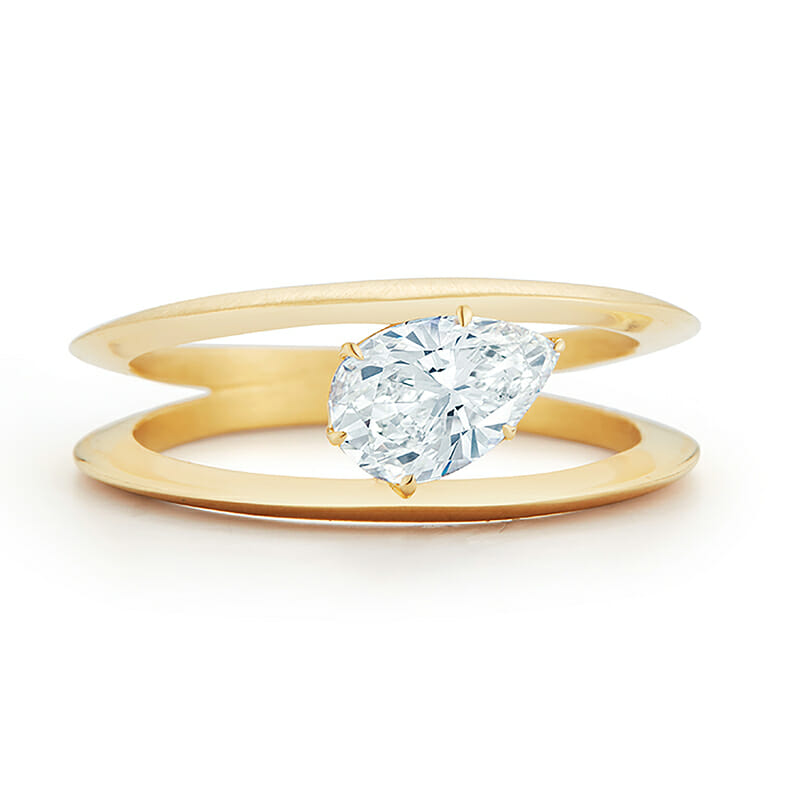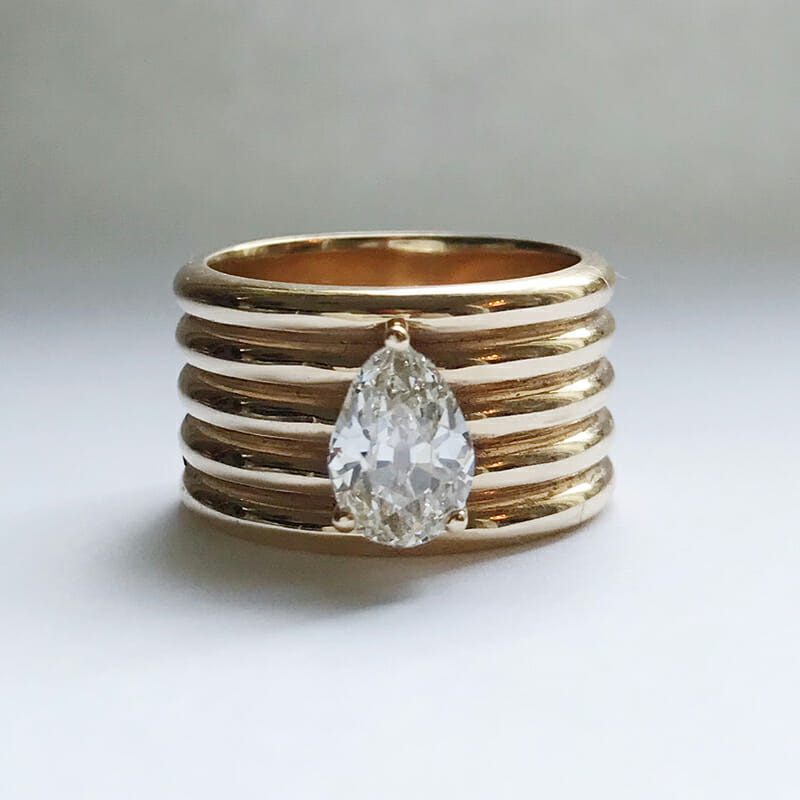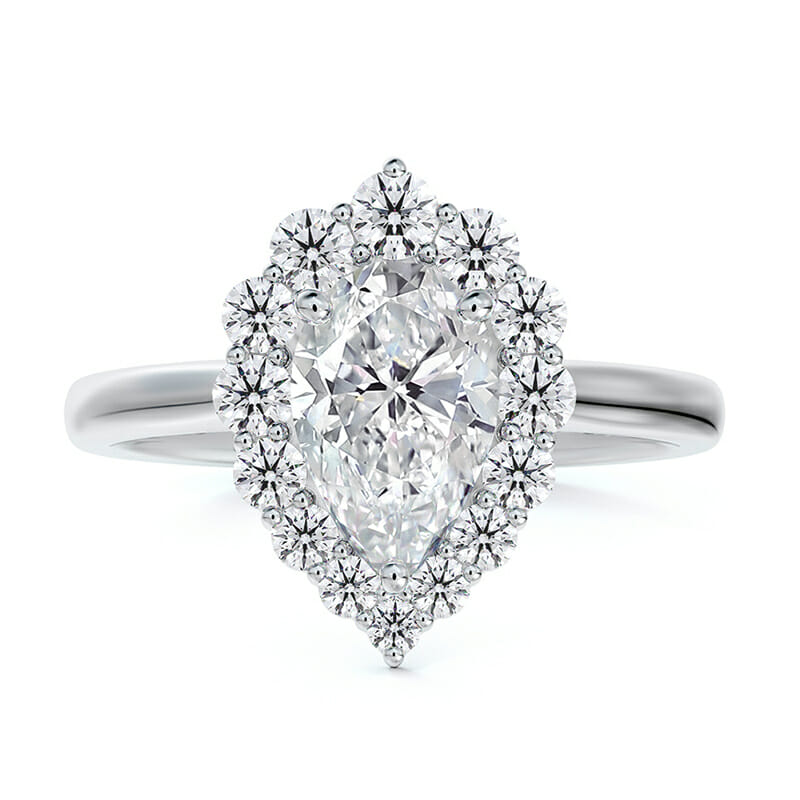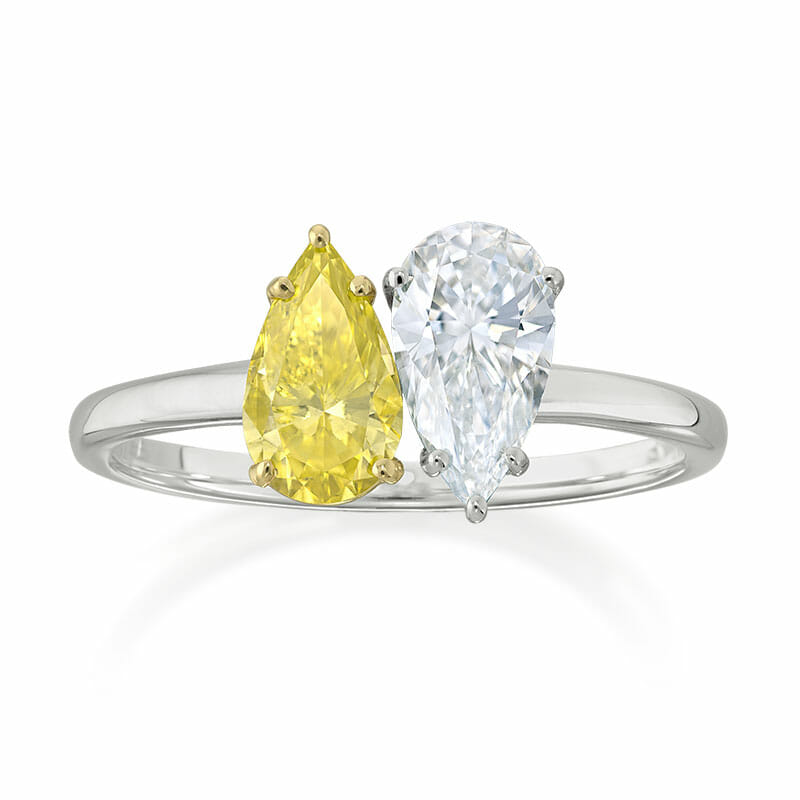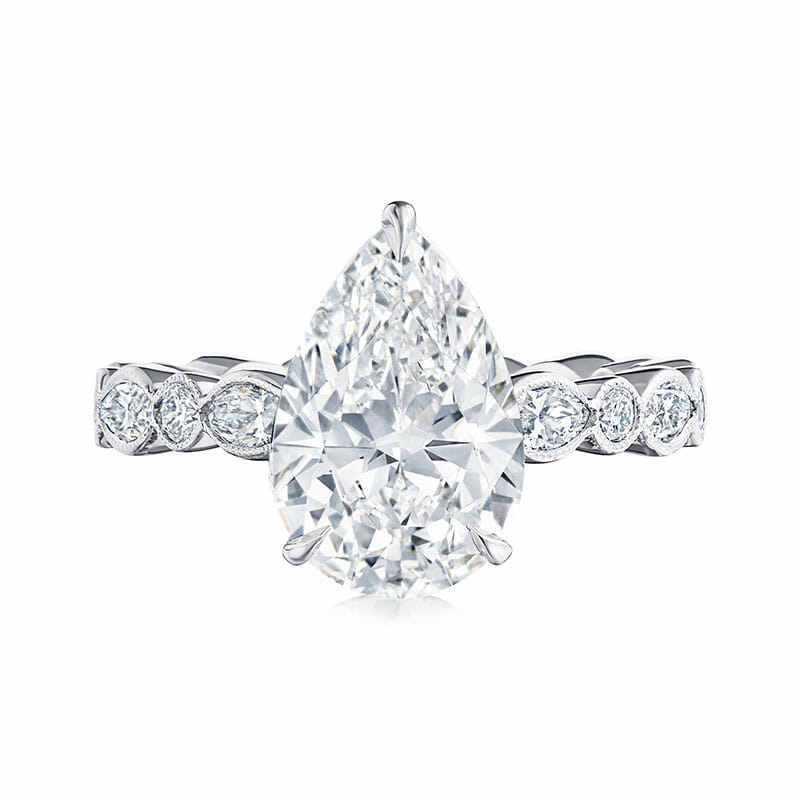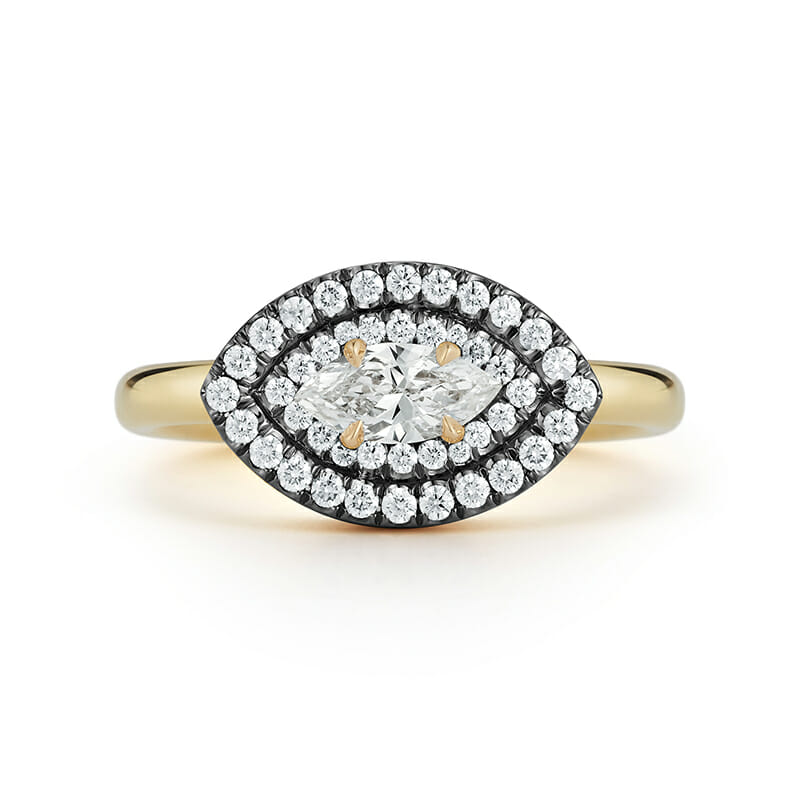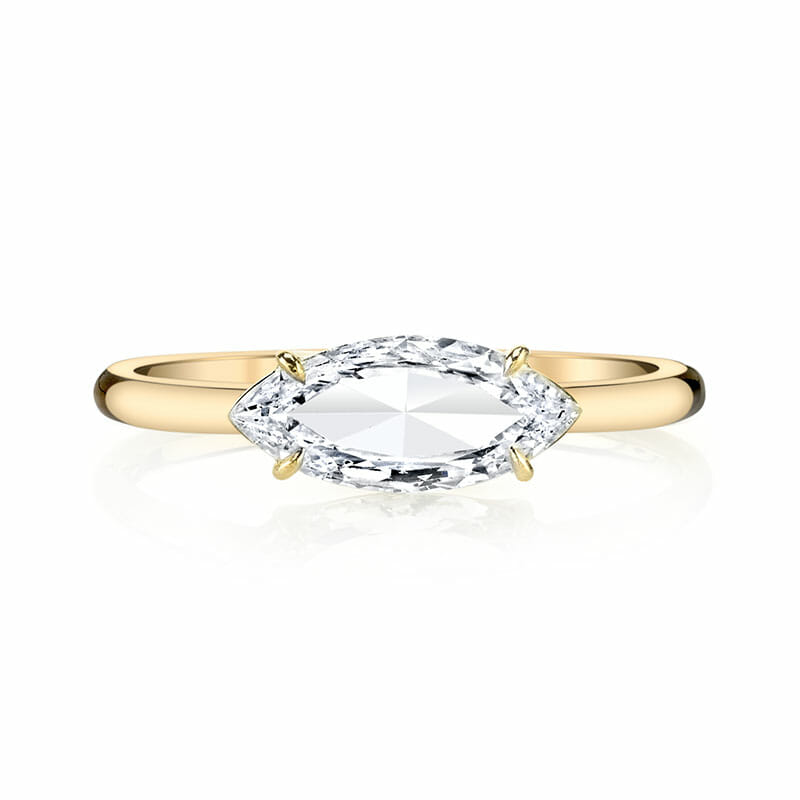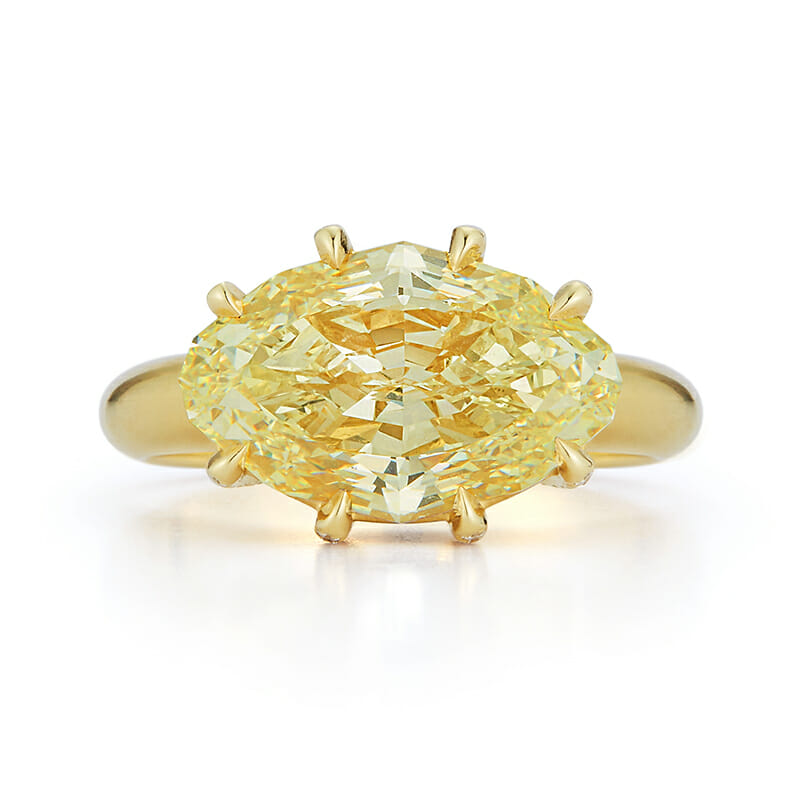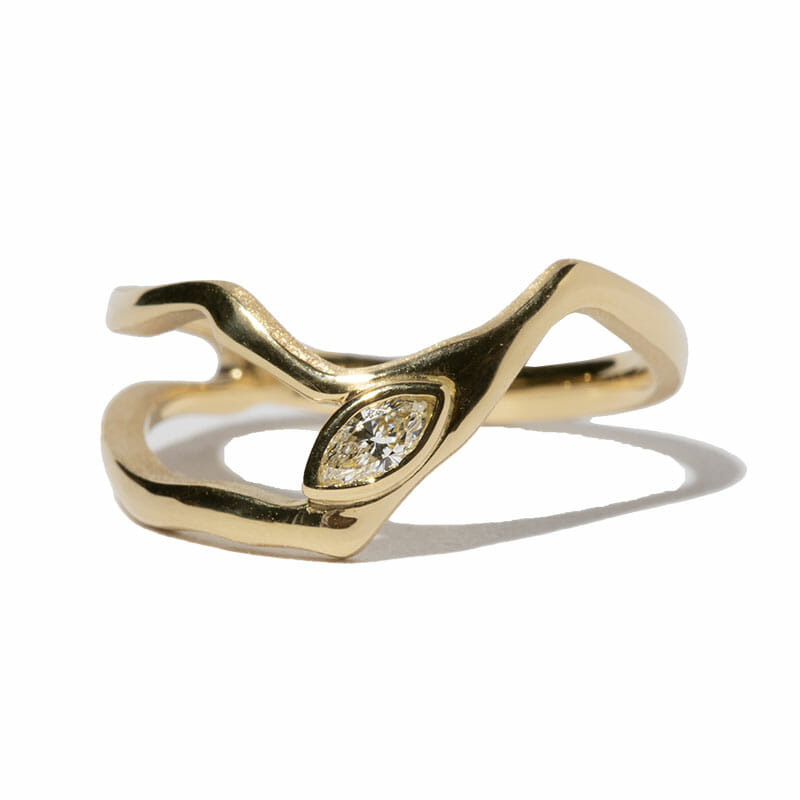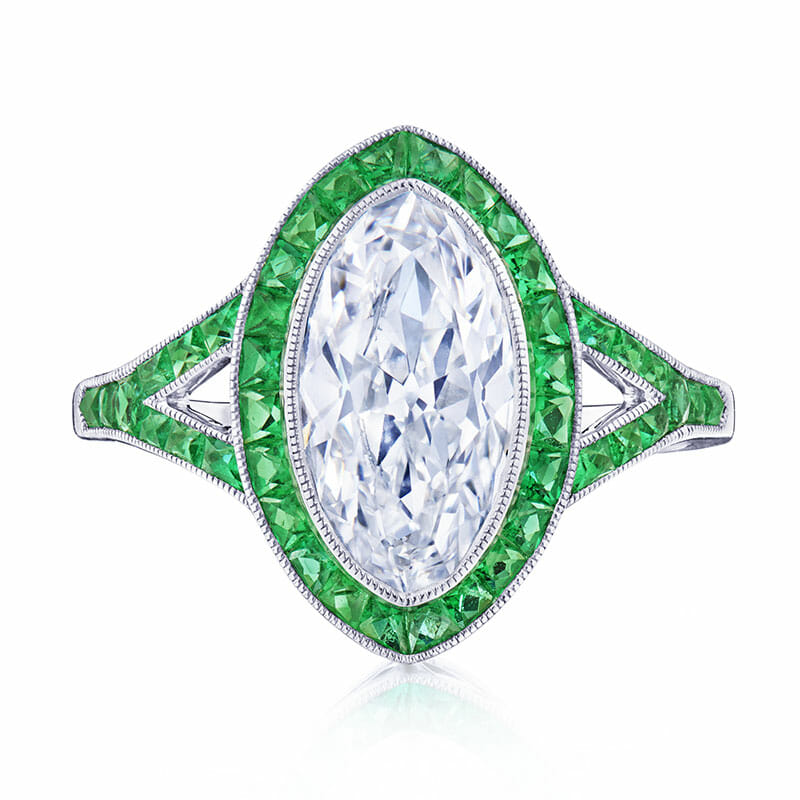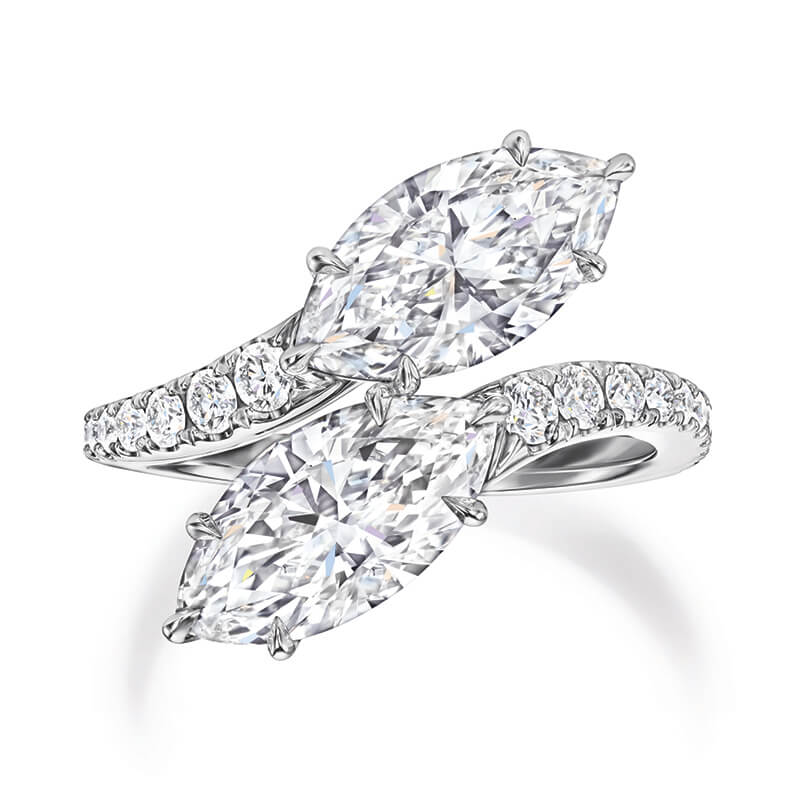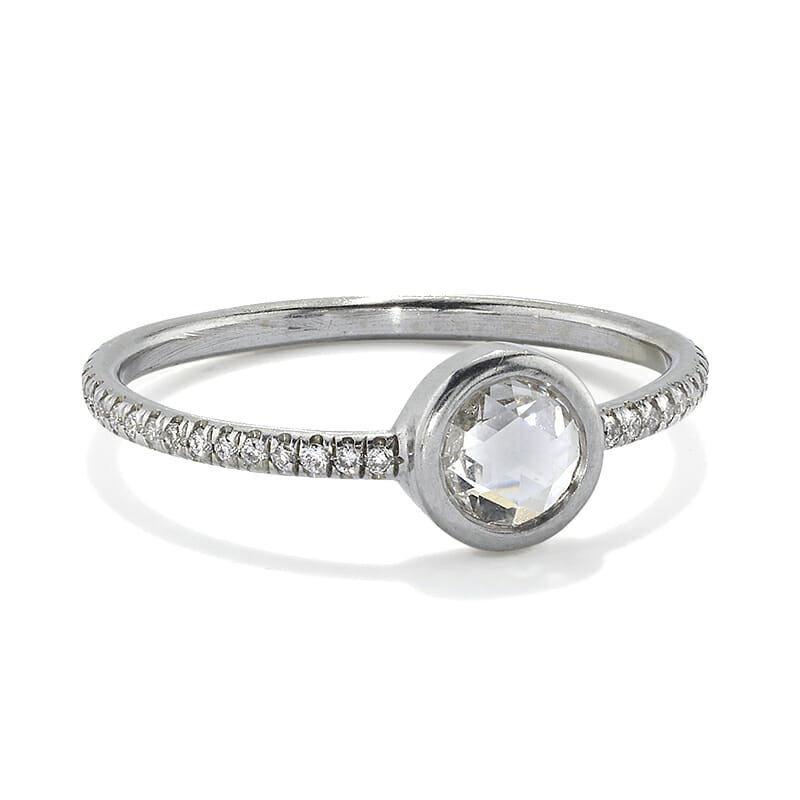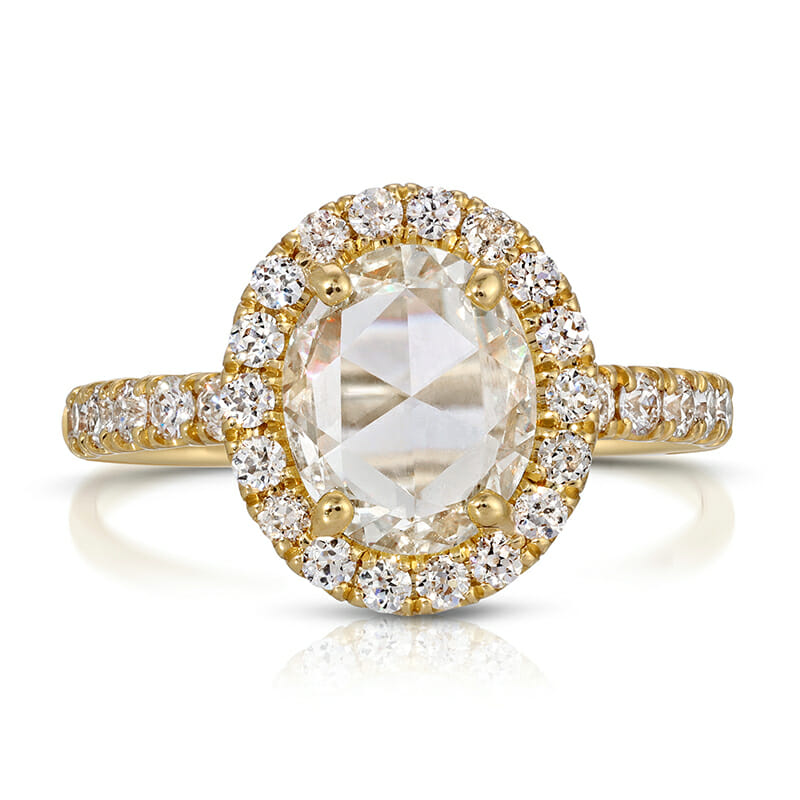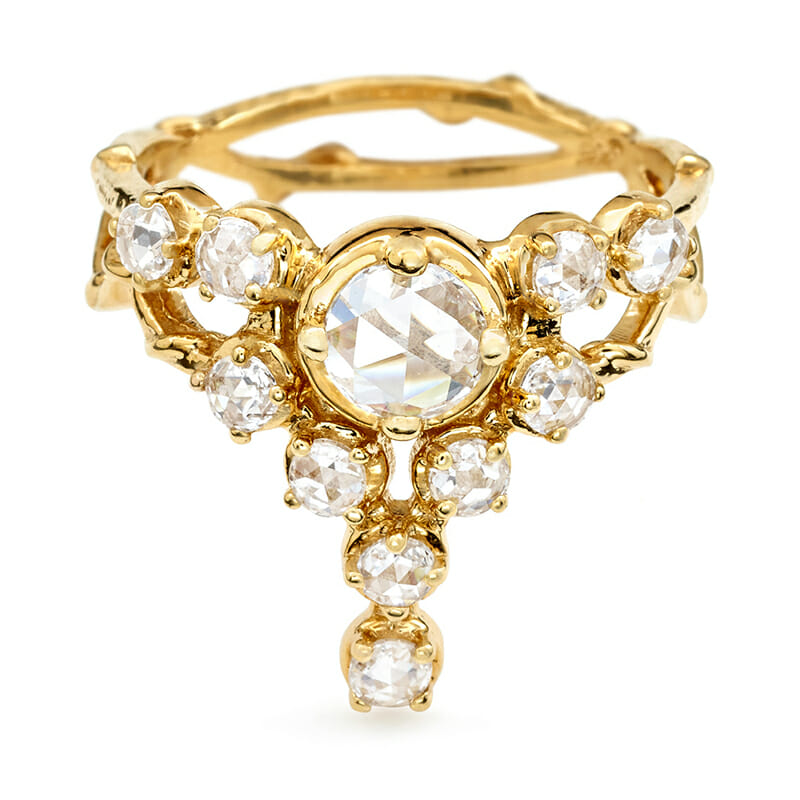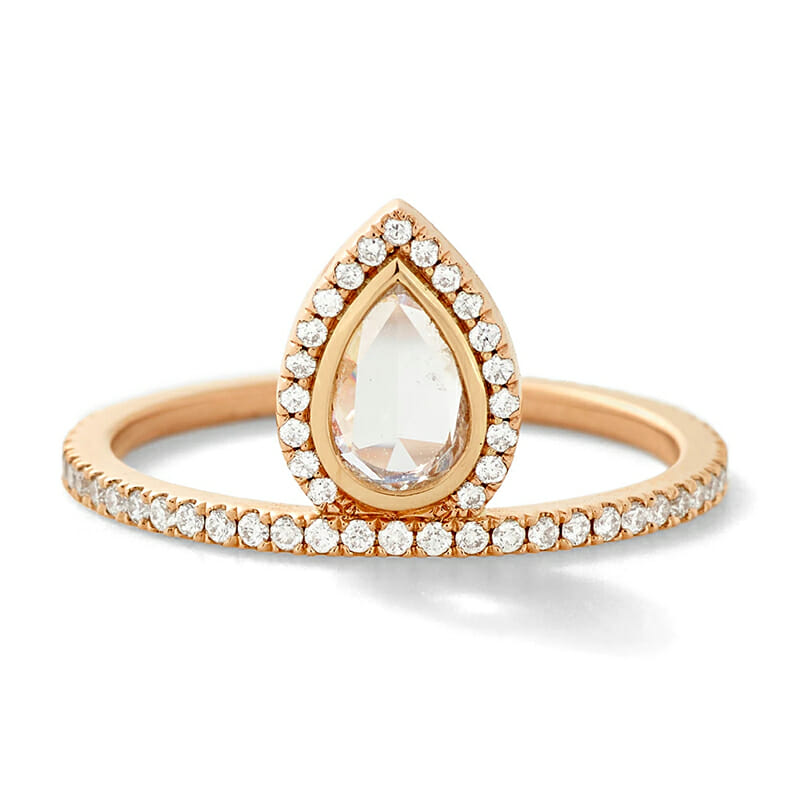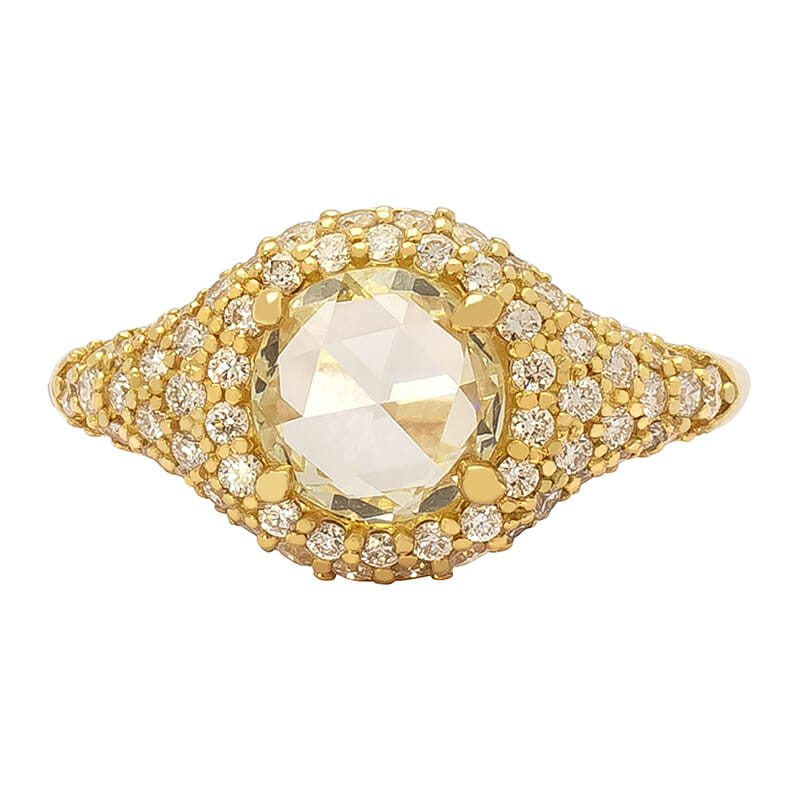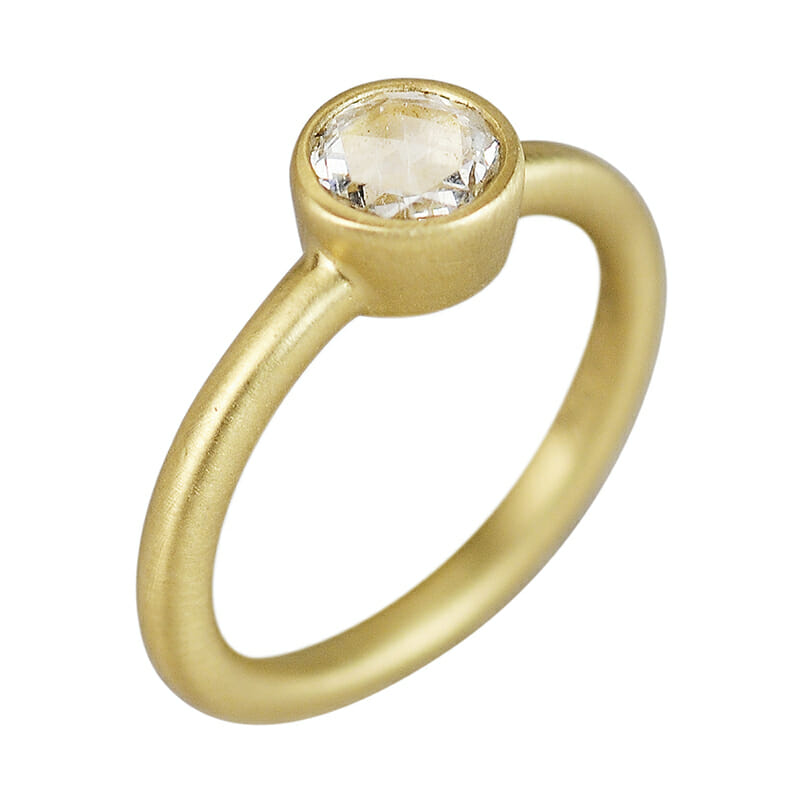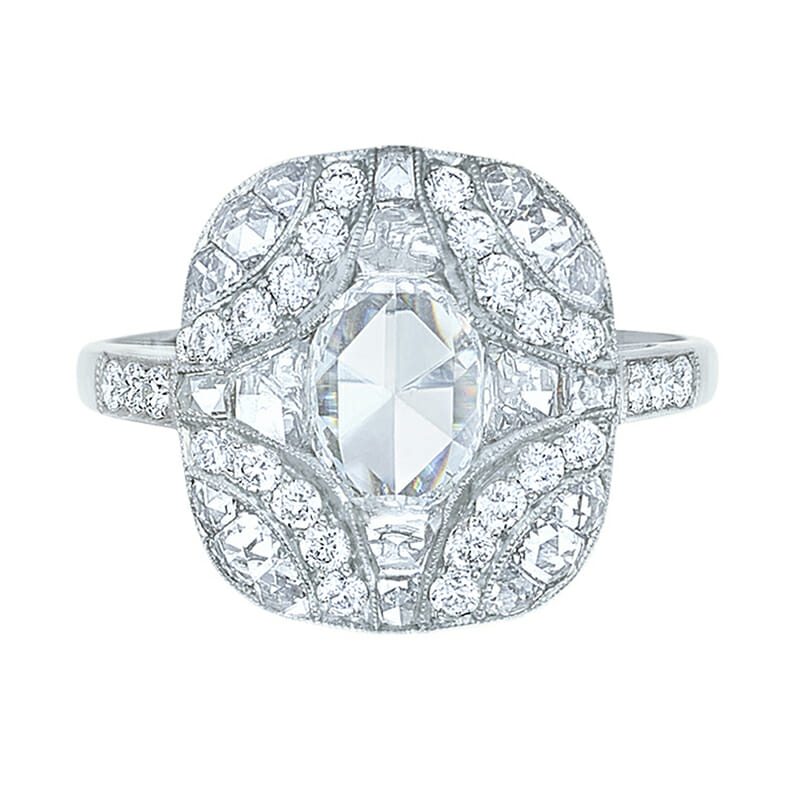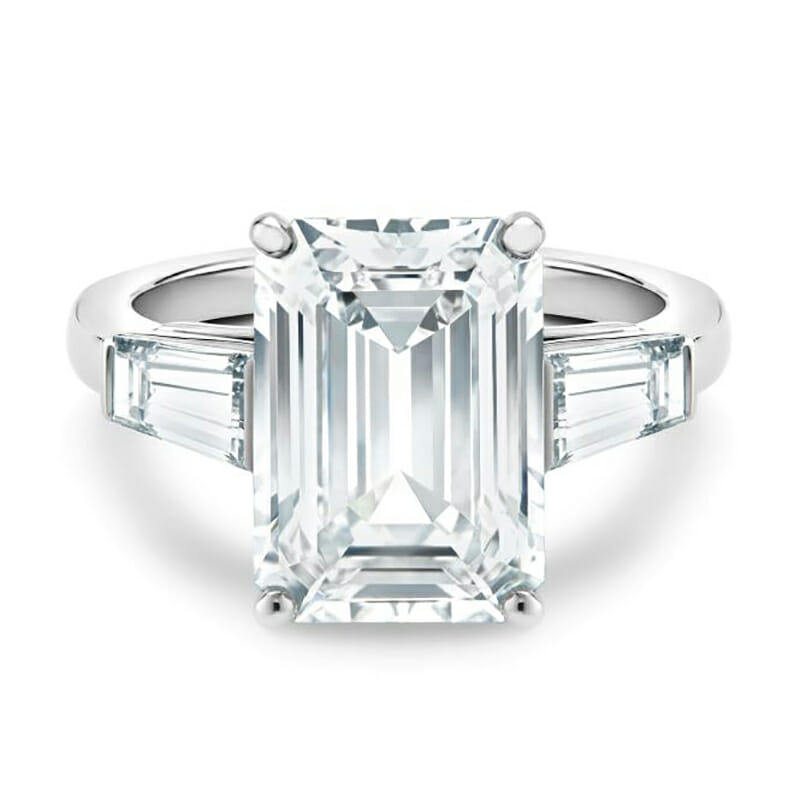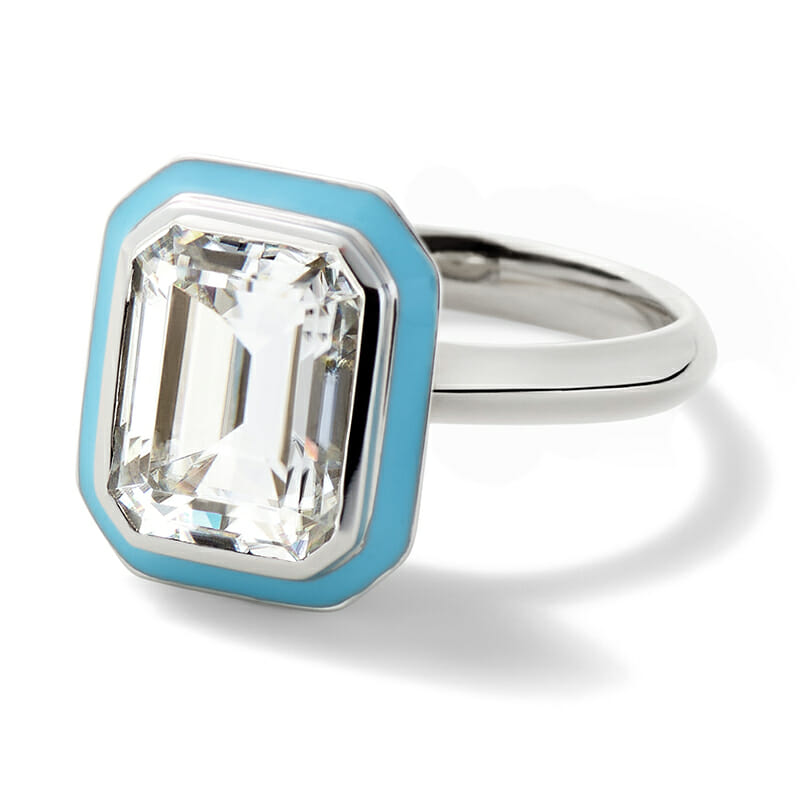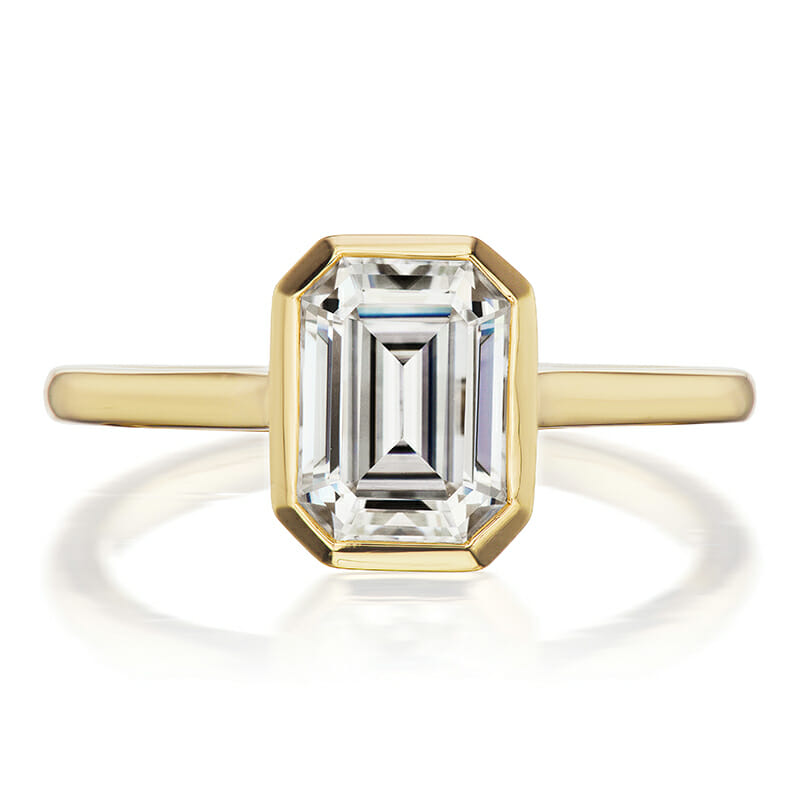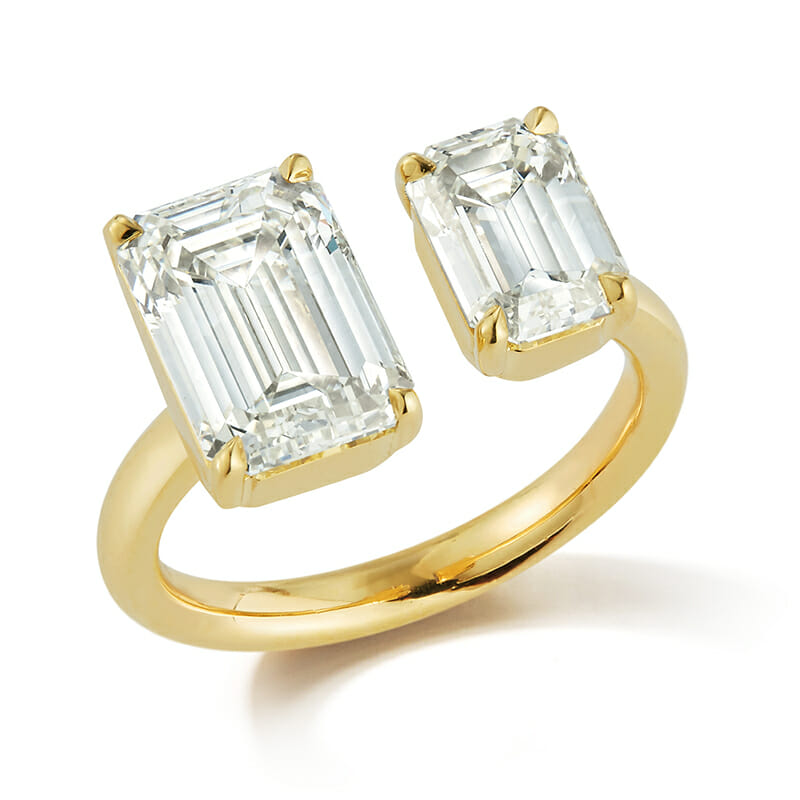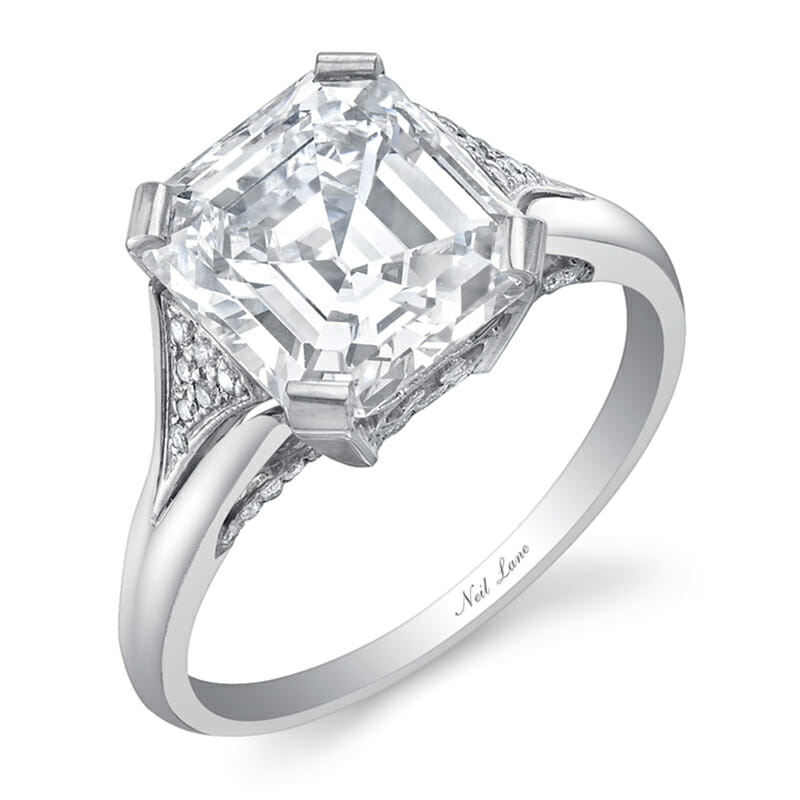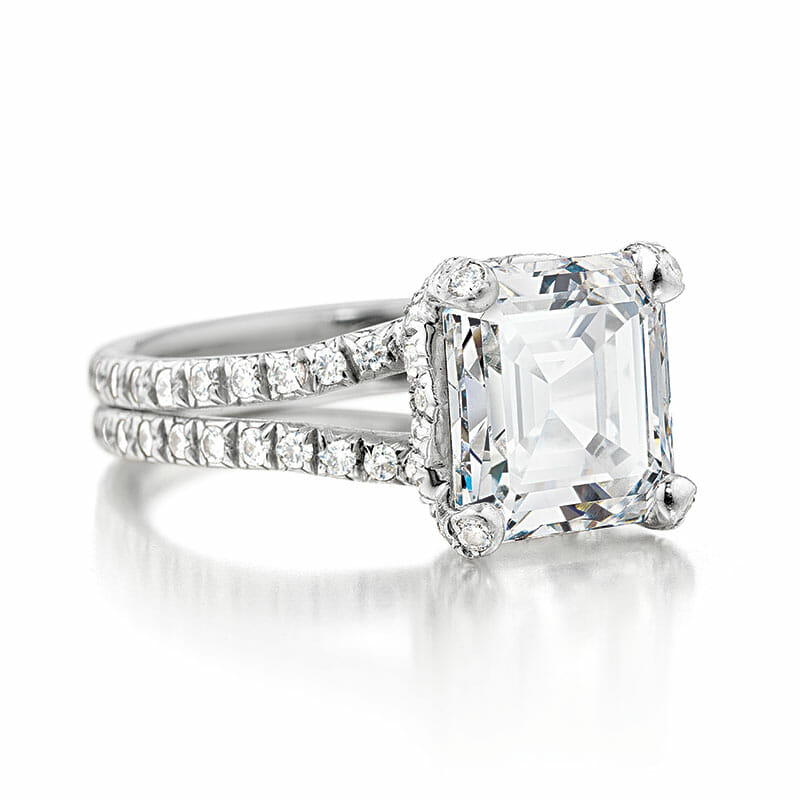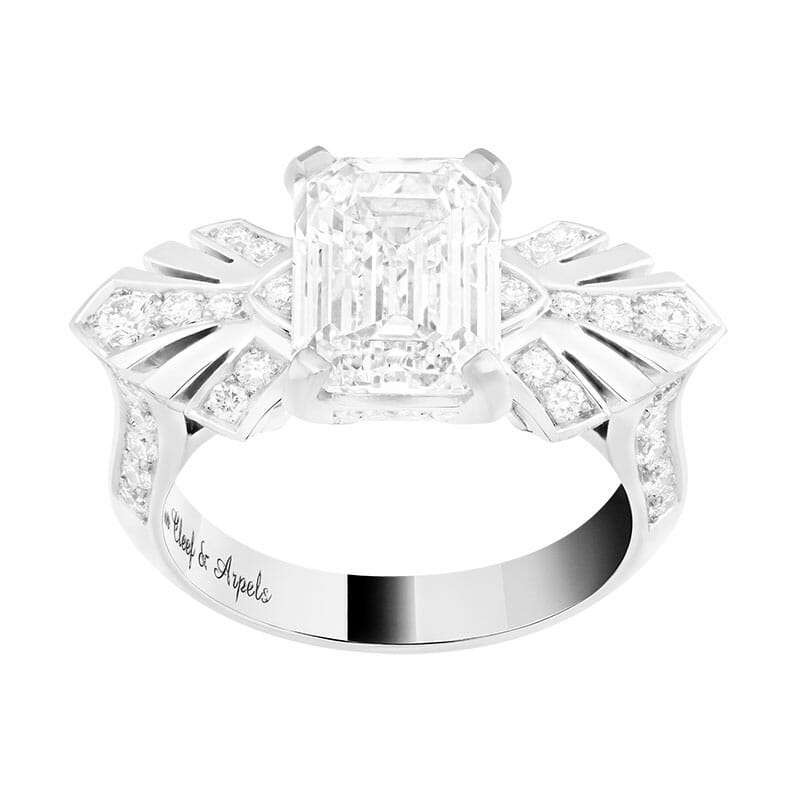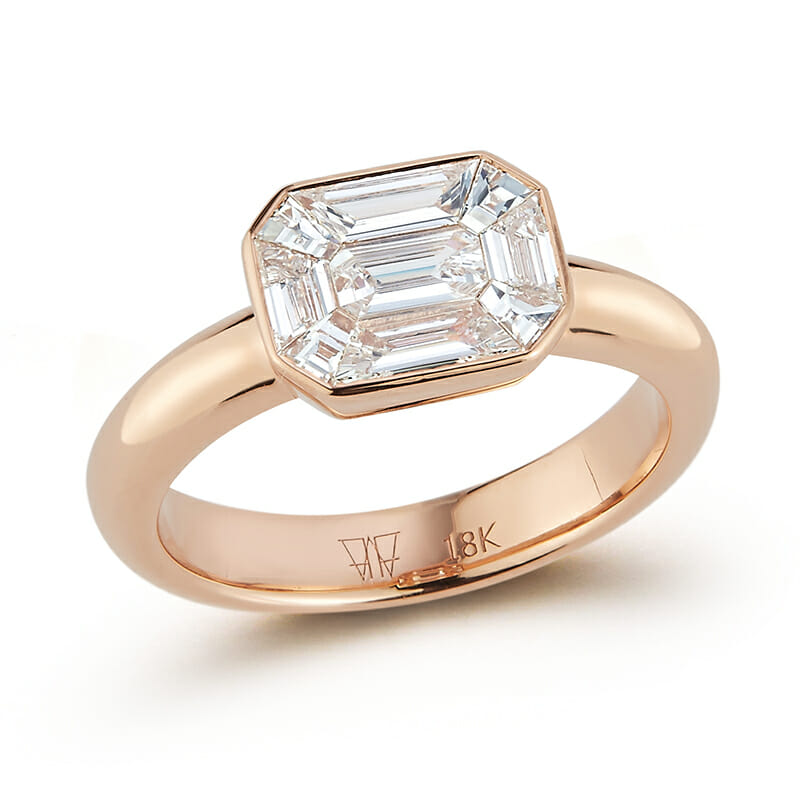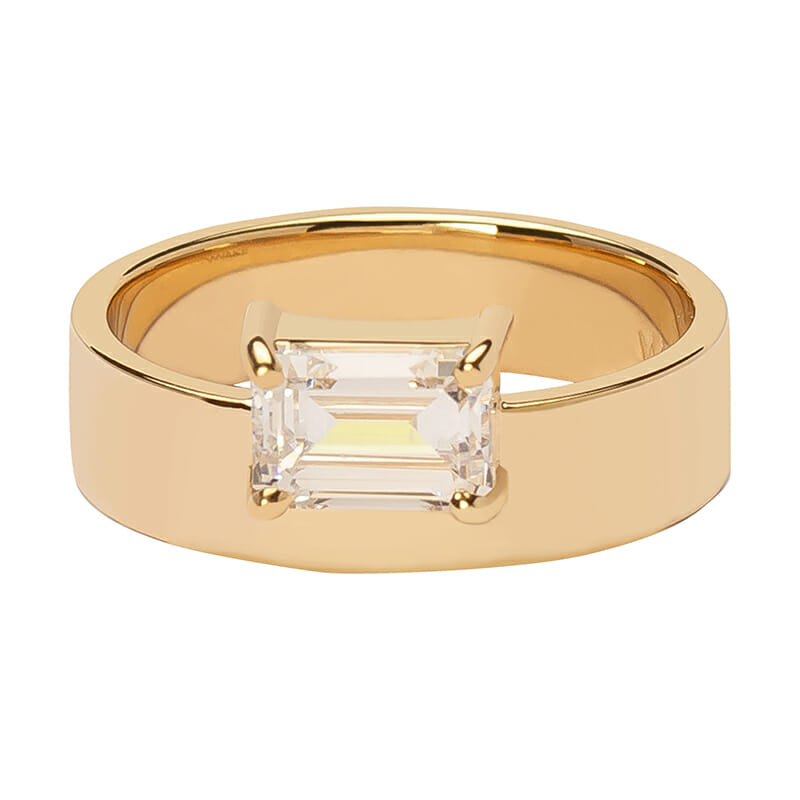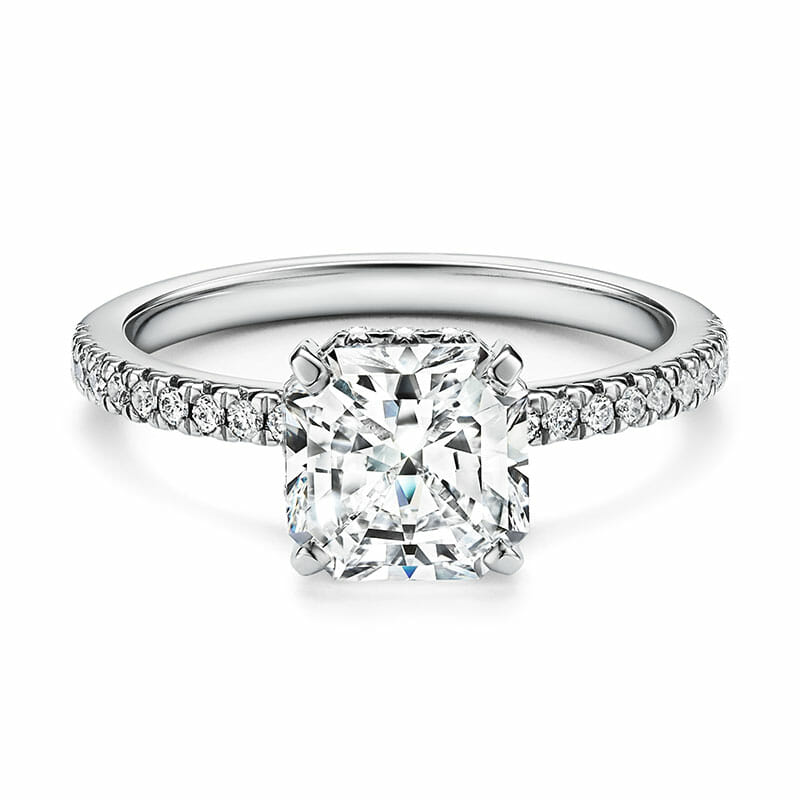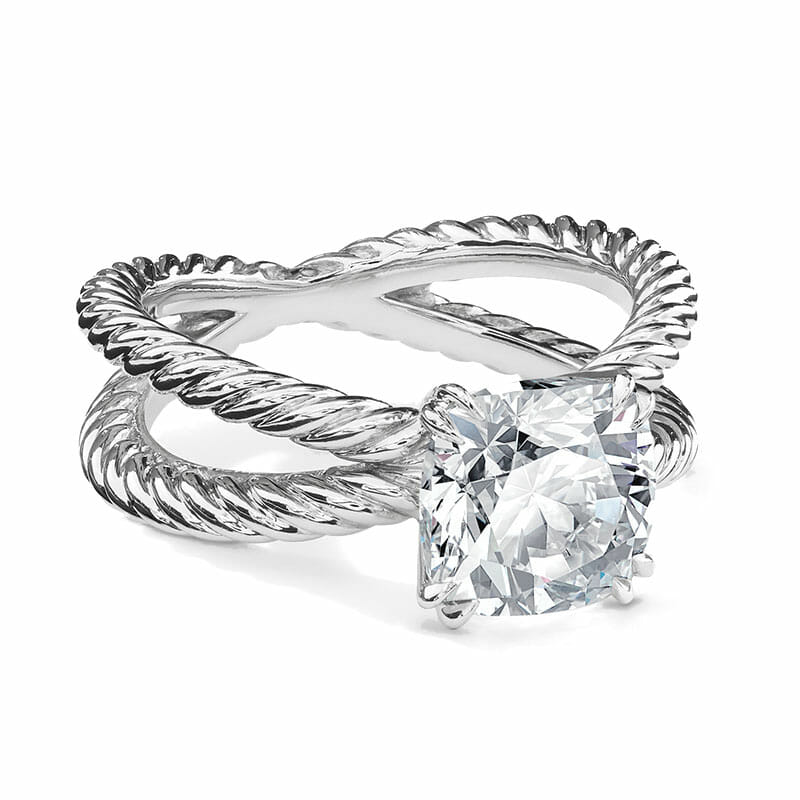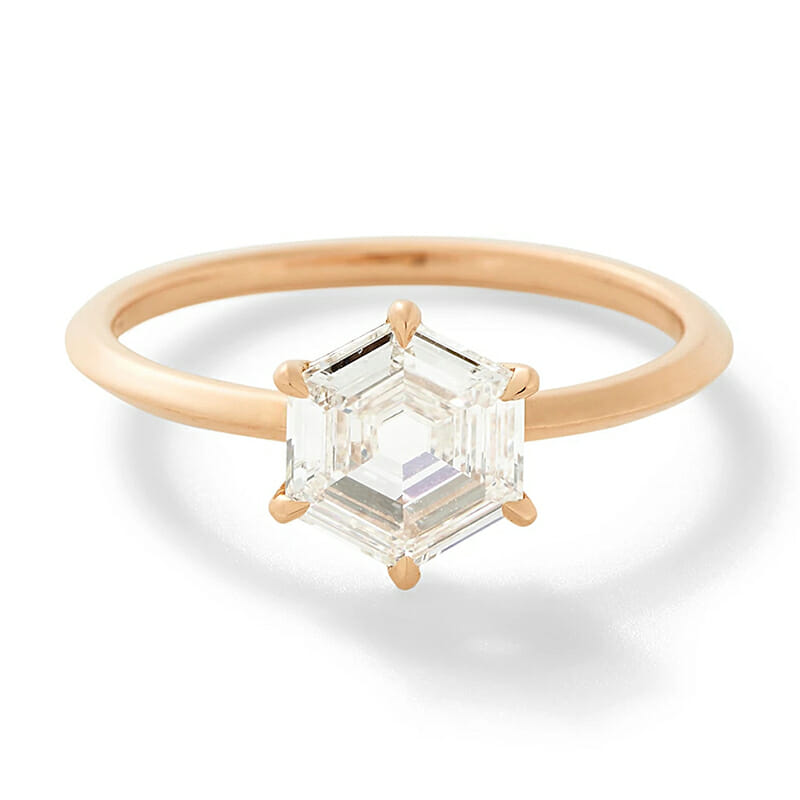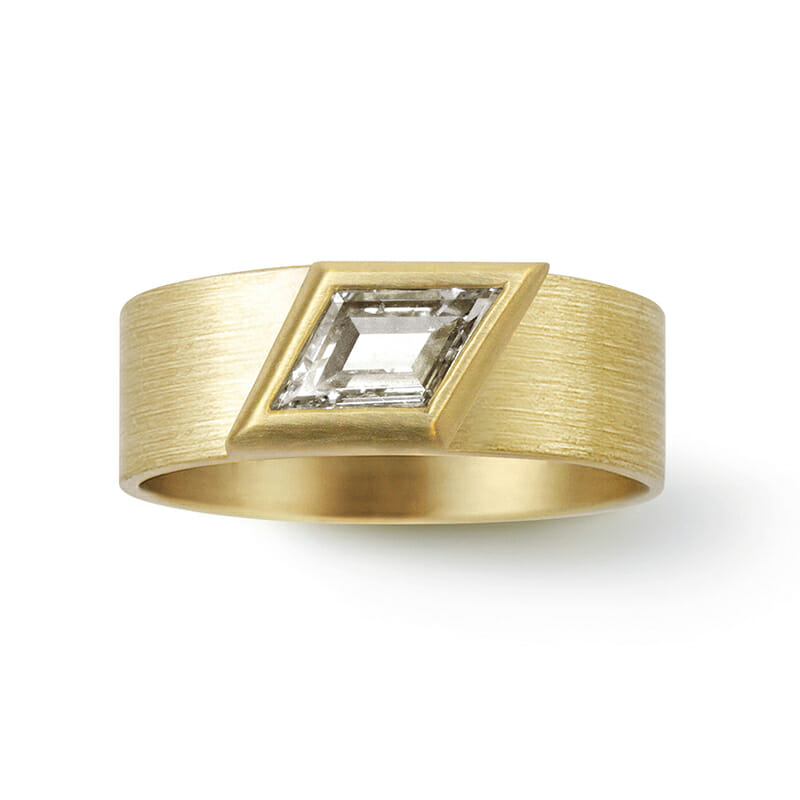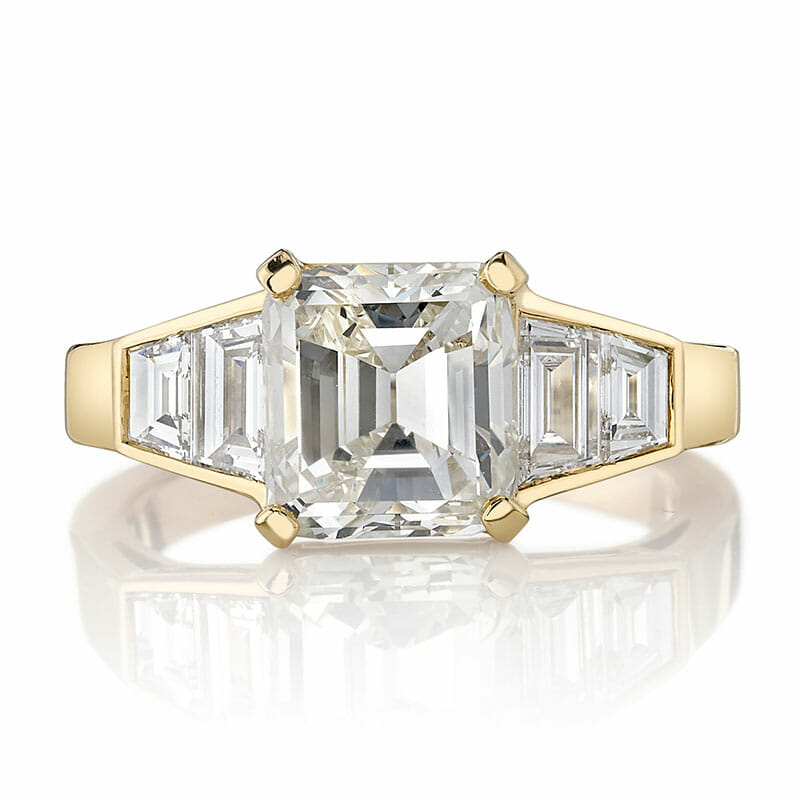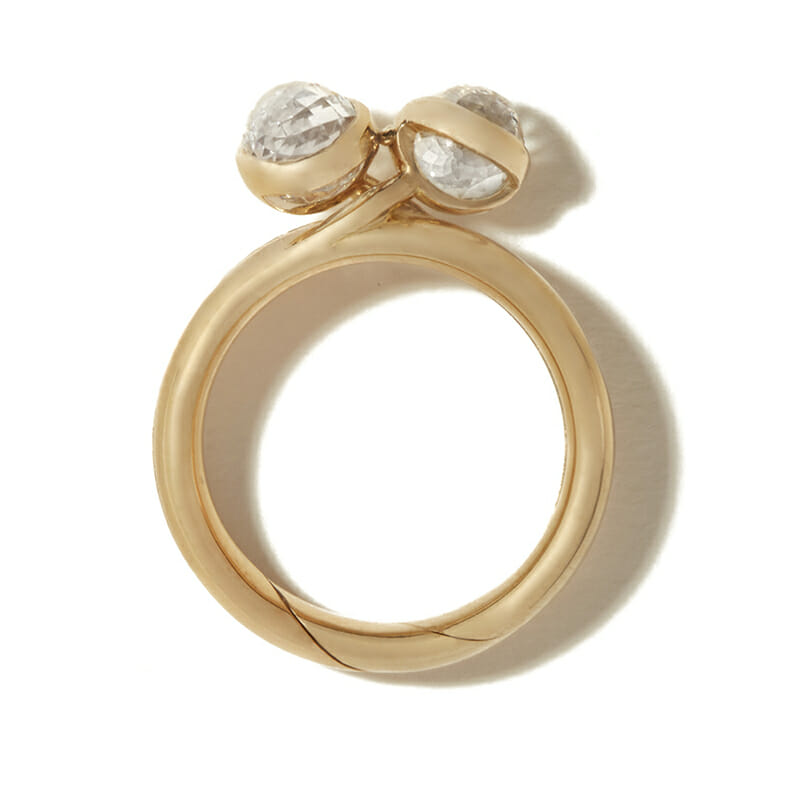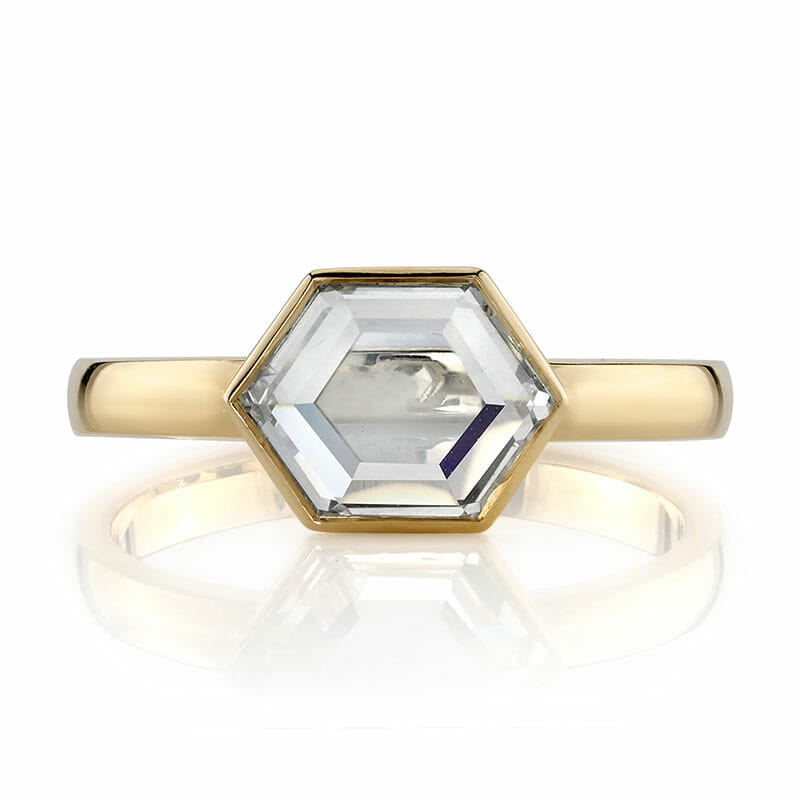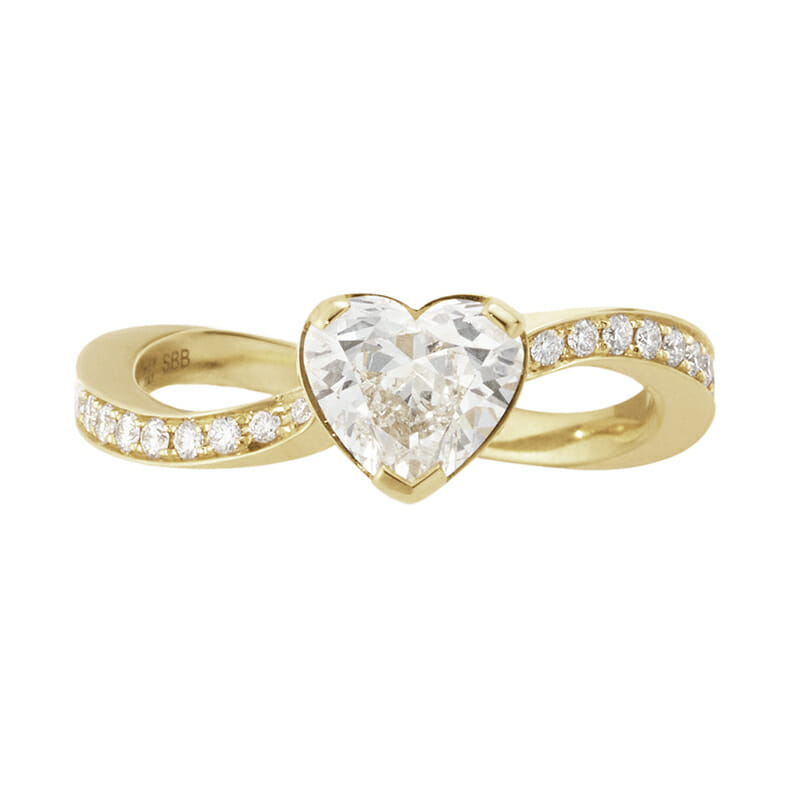Which of These Popular Natural Diamond Shapes and Cuts Is Right For Your Engagement Ring?
No matter your engagement ring style, there’s a diamond shape and cut specifically for you. Explore both popular and alternative diamond shapes and cuts in our guide featuring more than 75 rings.

The heart, soul and star of an engagement ring is the natural diamond center stone. The shape of the diamond dominates the look of a ring and sets the tone for the overall design. “What diamond shape are you looking for?” is often the first thing you will be asked about in a jewelry boutique or when you are searching a label’s collection online. The question might make you ask, “What exactly is a diamond shape?” The term refers to the geometric outline of a diamond at its girdle or middle point between the top and bottom.
Sometimes the terms shape and cut are synonymously used at the end of a diamond’s name such as “cushion shape” or “emerald cut.” This usage is correct, but the word cut is also a gemological term and one of the famous 4Cs—color, cut, clarity and carat weight. In the 4Cs context, cut is the grade used to review how well a lapidary has cut a diamond.
There are just two umbrella categories for diamond shapes. Round diamonds alone form one category, because they are far and away the most popular shape. All the other diamond shapes, including emerald, cushion, pear, oval and marquise, are referred to as fancy shapes. These groupings stem from the fact that natural diamonds generally come in the form of an octahedron which looks like two pyramids attached at their bases. These rough diamonds are split in half and cut into round brilliants. Rough diamonds in other shapes are analyzed by gem cutters who decide what shape would be suit the natural form.
Our guide to diamond shapes
and cuts features more than
75 engagement rings.
Discover them all below.
Oval
The oval is an artistic cousin of the round brilliant. It reflects light almost as dramatically with 58 facets. The advantage ovals have over rounds is an elongating quality. The gem elegantly reaches up the finger. Like so many fancy diamond shapes, ovals came into fashion during the early years of the 20th century when gem-cutting techniques advanced and lapidaries could refine the curves in the gems. Ovals, have the same versatility as round brilliants. They fit beautifully in minimalist designs, maximalist clusters and artistic creations.
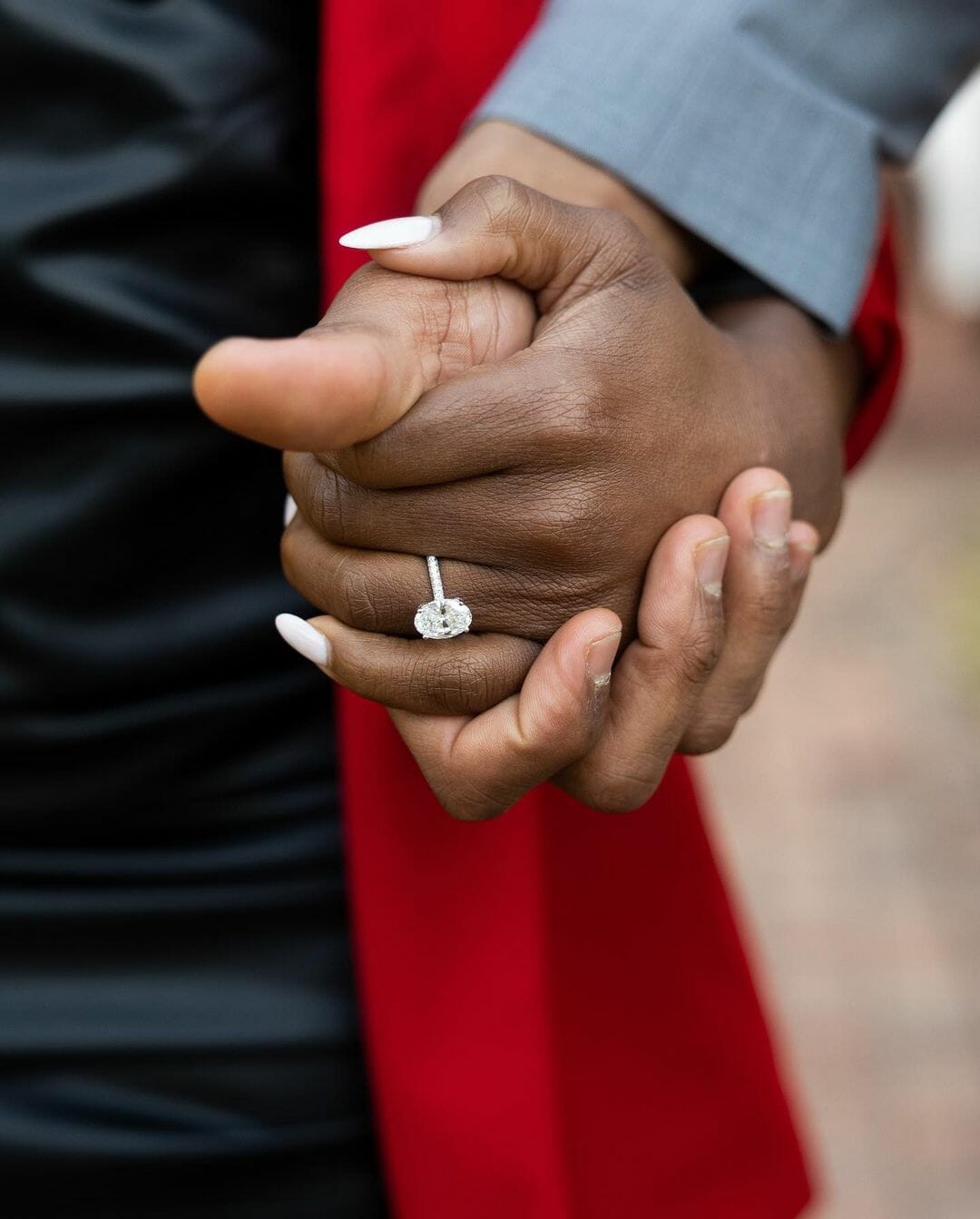



Oval Diamonds Fit beautifully in minimalist designs, maximalist clusters and artistic creations.
Round
A round diamond on a simple band is the iconic image of an engagement ring. Think of the emoji for an engagement ring on your phone. It’s a round diamond. While round diamonds have been in existence for hundreds of years, the shape became a big sparkler when it was redesigned in 1919 by Marcel Tolkowsky. His ingenious arrangement of 58 facets caused light beams to bounce from the pavilion back through the crown in a way it had never done previously. On top of their great light, rounds, sometimes referred to as round brilliants, are versatile in designs. Rounds look classic in simple settings and blend harmoniously in artistic or elaborate designs.

A ROUND DIAMOND ON A SIMPLE BAND IS THE ICONIC IMAGE OF AN ENGAGEMENT RING.
Cushion
The pillow-like profile of cushion shaped diamonds inspired their name. Cushions are usually squares, but they come in rectangles as well. Both styles have curved sides and rounded corners. The curves on the gem bounce the light around and give it an excellent amount of brilliance. The chunky style still has the feeling of a vintage shape that reflects its roots in the eighteenth century. During the age of candlelight, cushions where among the most prevalent diamond shapes in jewelry.
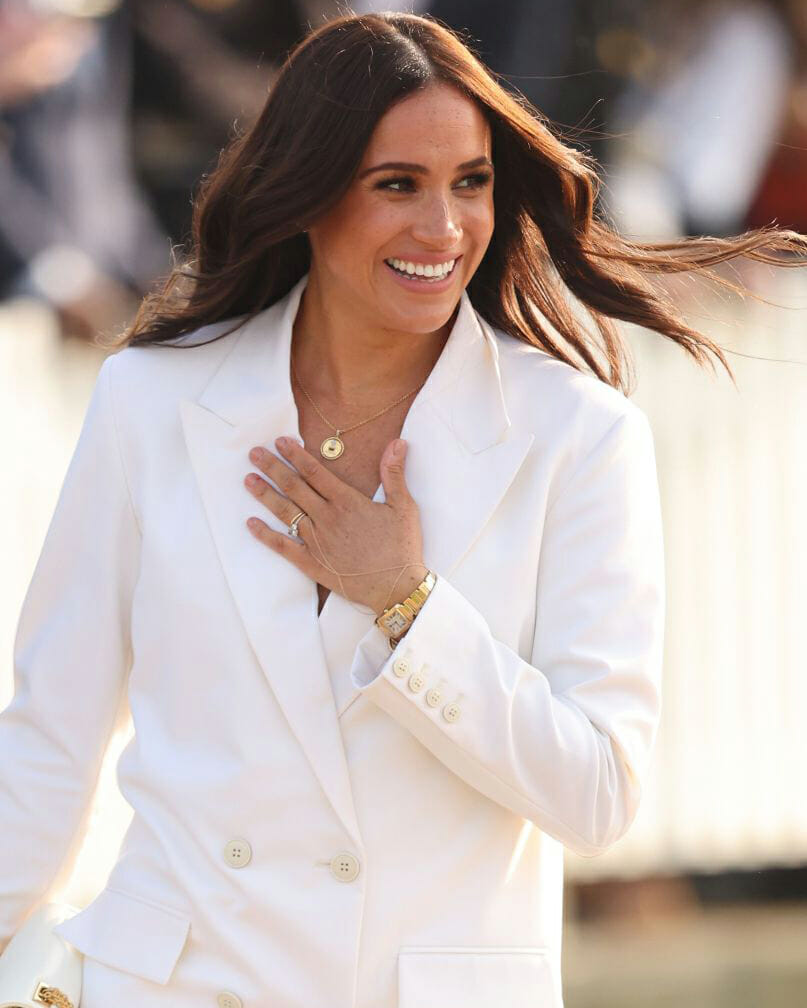
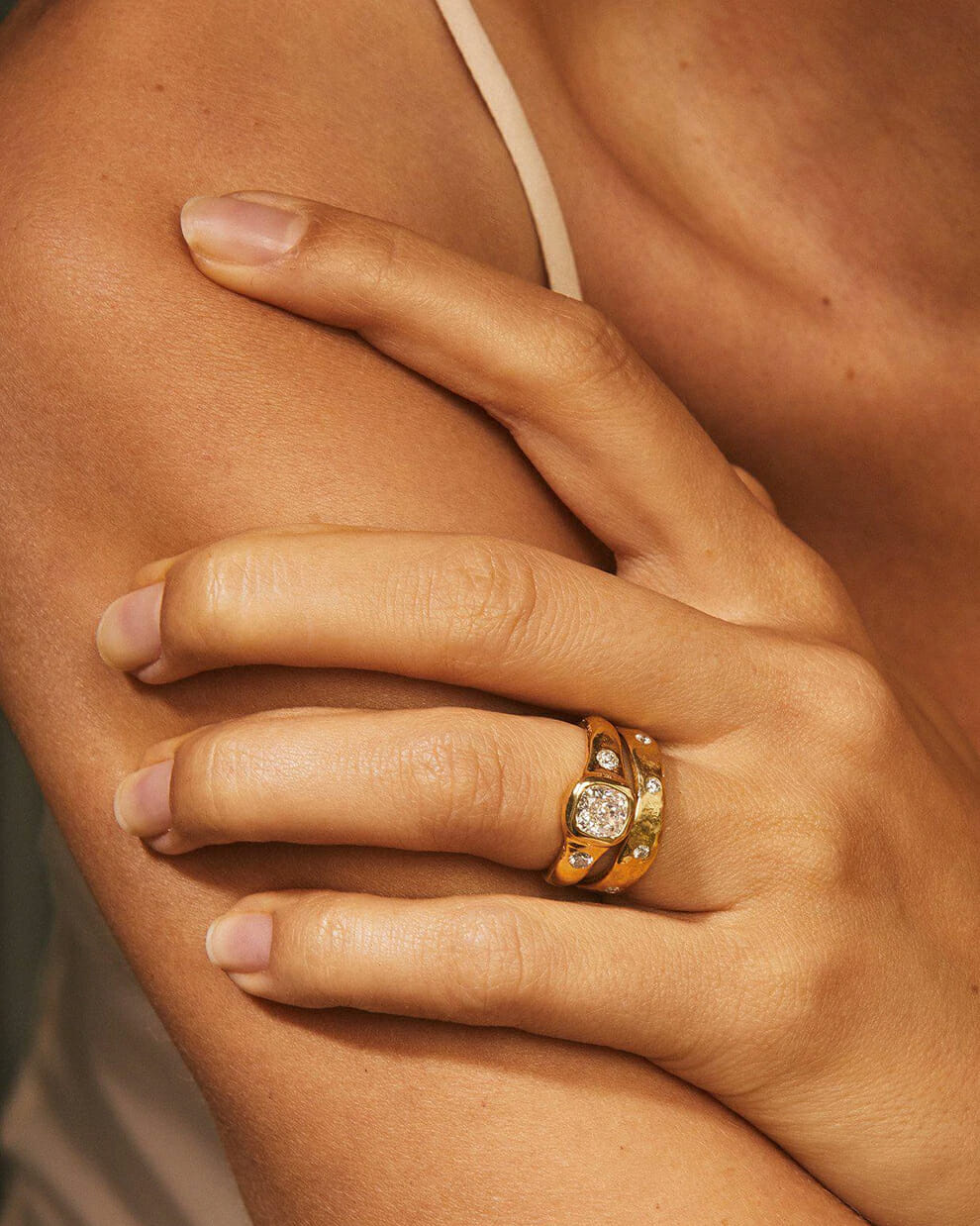
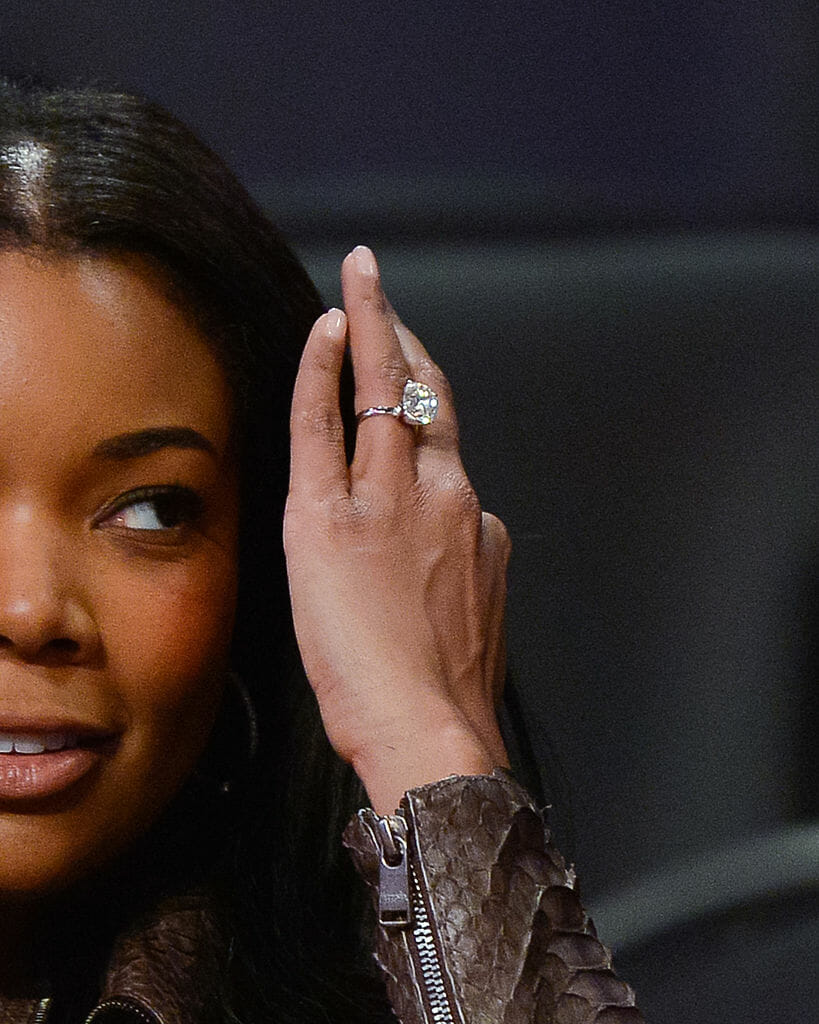

THE CURVES ON CUSHION CUT DIAMONDS BOUNCE THE LIGHT AROUND AND GIVE IT AN EXCELLENT AMOUNT OF BRILLIANCE.
Pear
Voluptuous lopsided pear shape diamonds have been an elegant part of jewelry since the 15thcentury. Modern pears with 57 facets have a long history of appearing in engagement rings, but nothing like the way they are featured today. Designers are playing around with the lopsided shape setting it sideways and akimbo to make all kinds of fresh looks. When they are mounted traditionally with the rump down and point up, designers make them look fresh with little flourishes. A few designers have flipped the script and put the point down and rump up. All ways work.

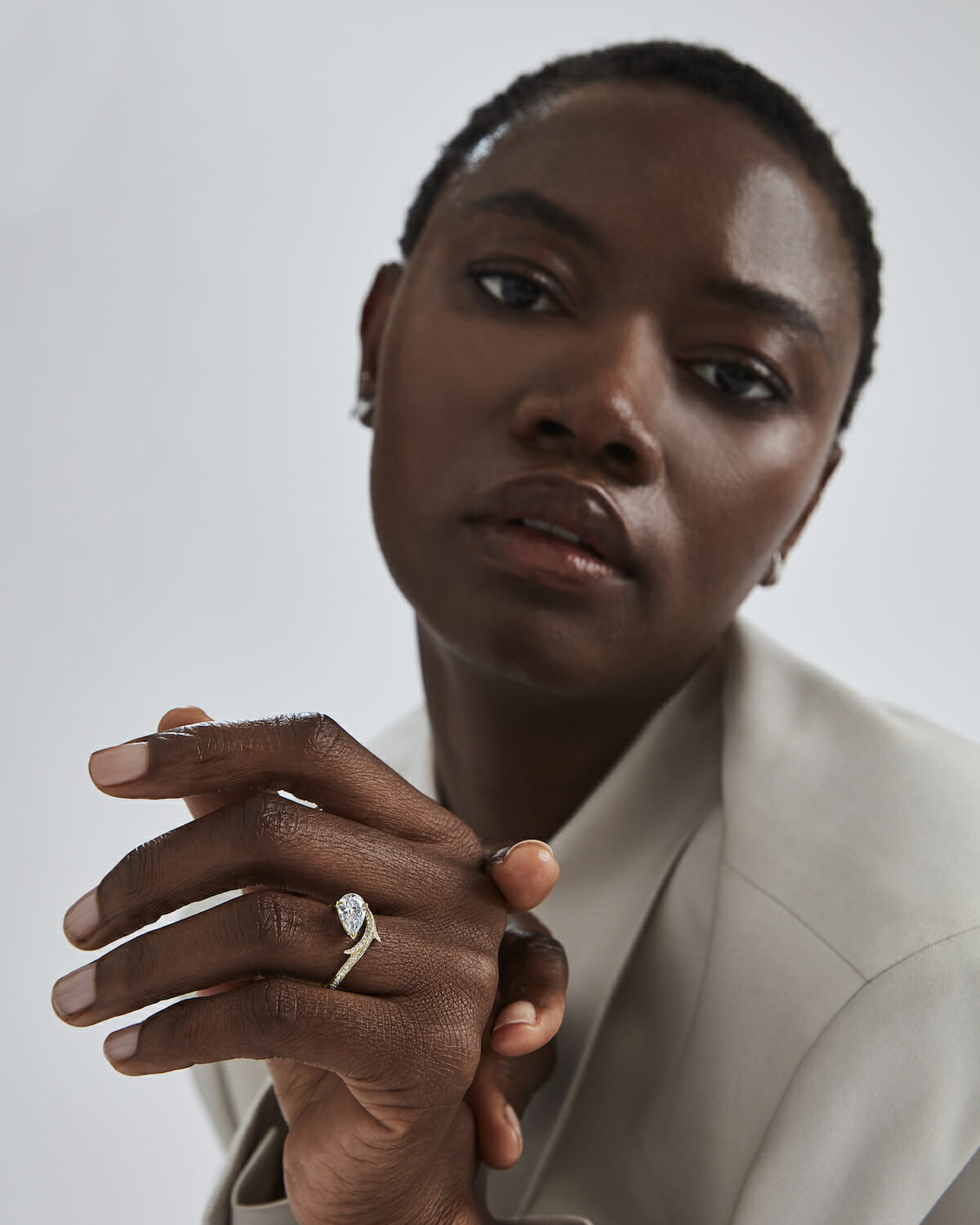


PEAR SHAPE DIAMONDS HAVE BEEN AN ELEGANT PART OF JEWELRY SINCE THE 15TH CENTURY.
Marquise
Legend has it that the marquise shape—which is a ship shape with rounded sides and a point at each end—was invented during the 18th century reign of Louis XV. Supposedly, it was named in honor of the French king’s mistress, the Marquise de Pompadour. Another version of the story ties the shape to the marquise shaped rings worn by courtiers at Versailles to flaunt their rank. Contemporary marquise cut diamonds, also known as navette shapes, have 58 facets and sparkle plenty. Today, marquise shapes are often set east-west with the end points going across the hand as opposed to up the finger. A north-south setting gives more of a vintage look.
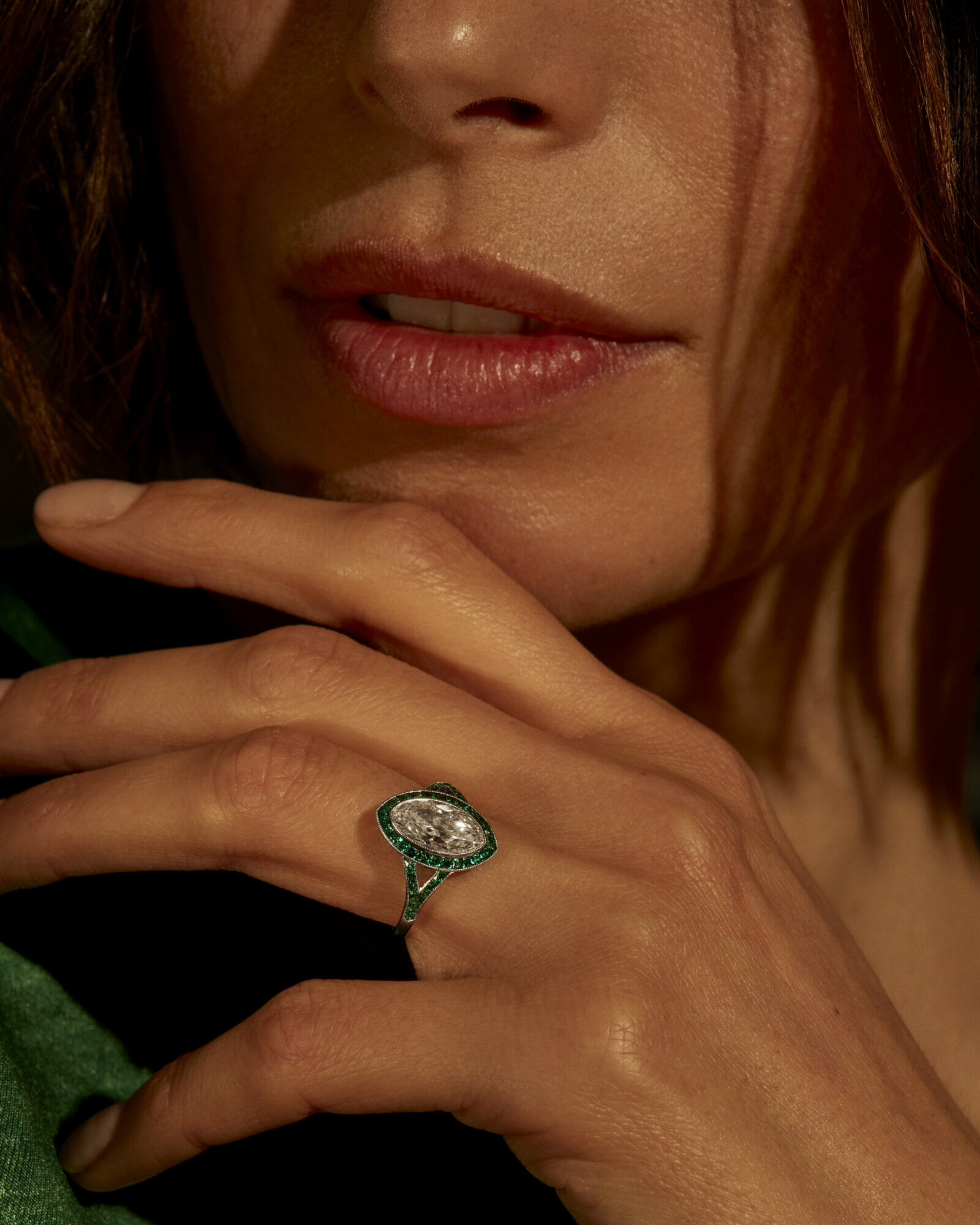
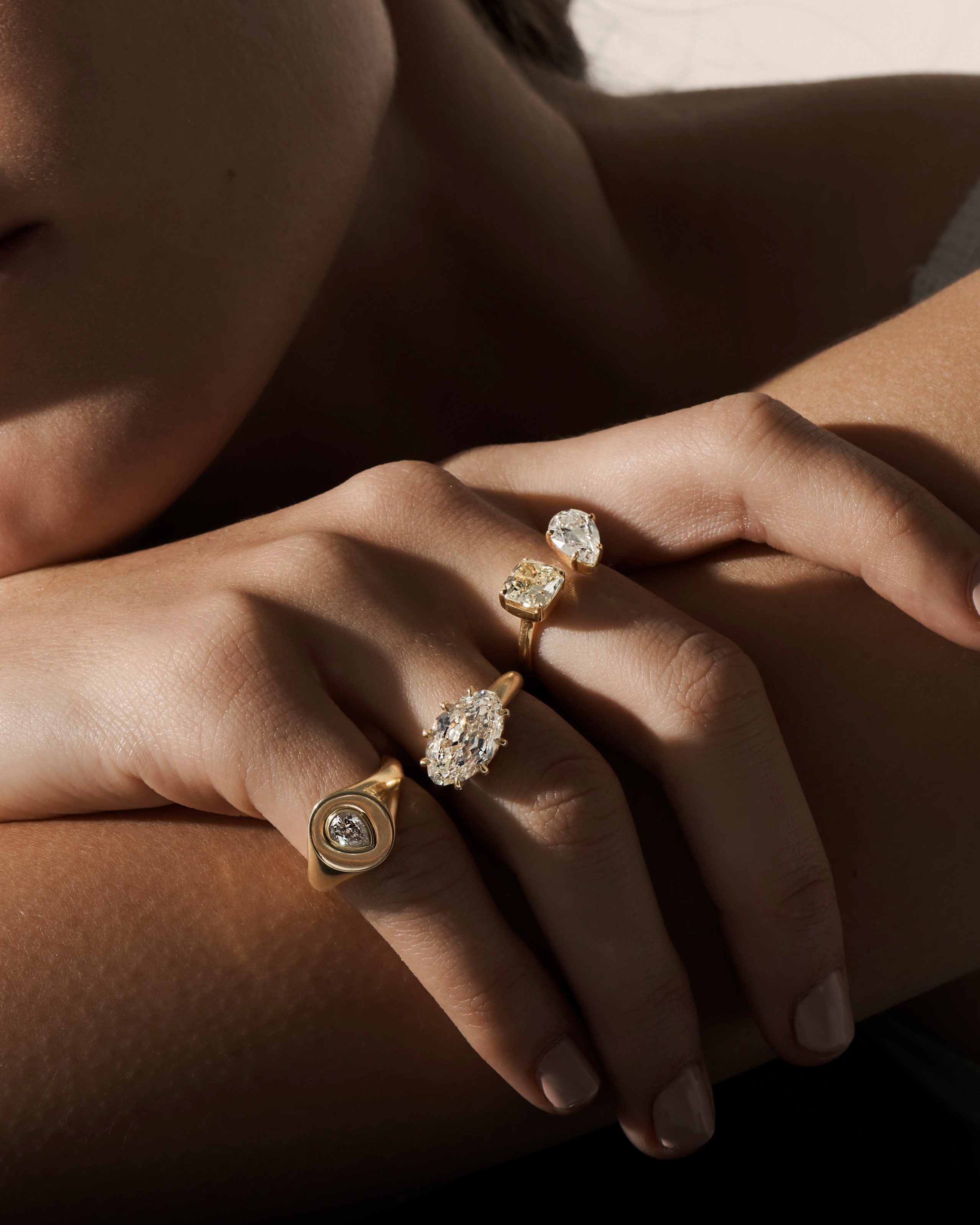
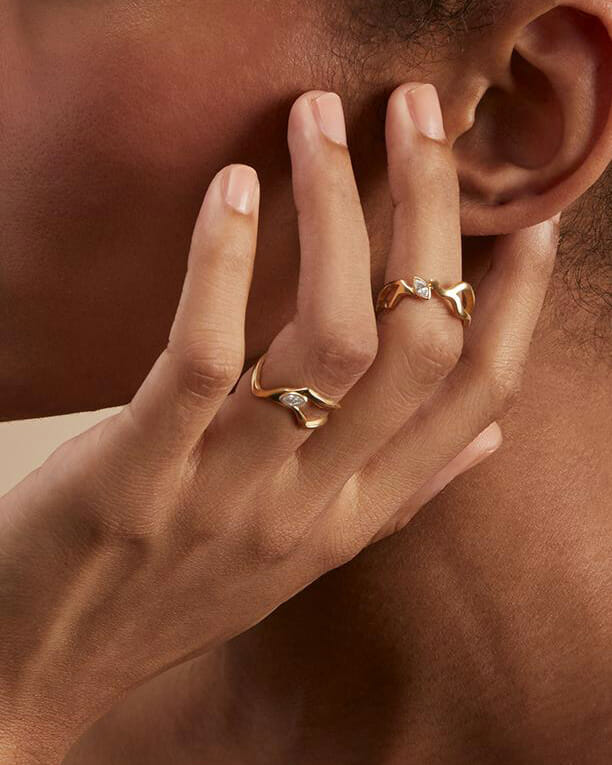

CONTEMPORARY MARQUISE CUT DIAMONDS HAVE 58 FACETS AND SPARKLE PLENTY.
Rose Cut
Exotic rose cut diamonds have a domed surface covered with triangular facets. Some roses have facets rising to a point on top while others have a table or flat surface at the center. Most roses have a round silhouette or girdle but they are also made in different shapes like squares and pears. Invented during the 15th century in India, the pretty shape with the poetic name is beginning to really blossom again as an alternative choice for engagement rings.
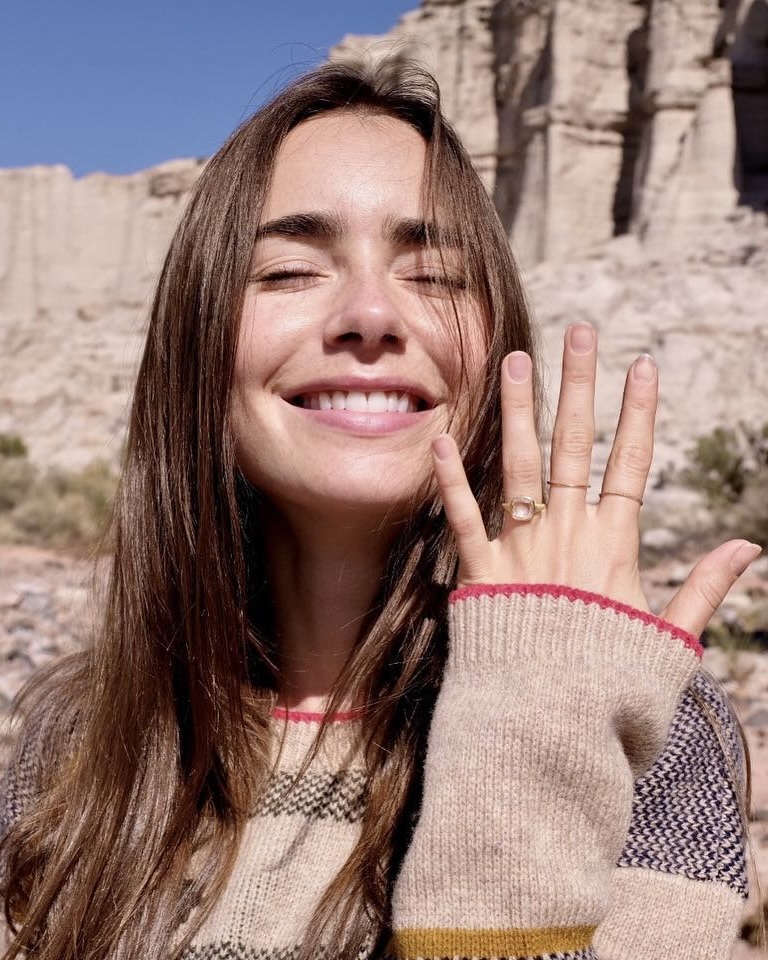
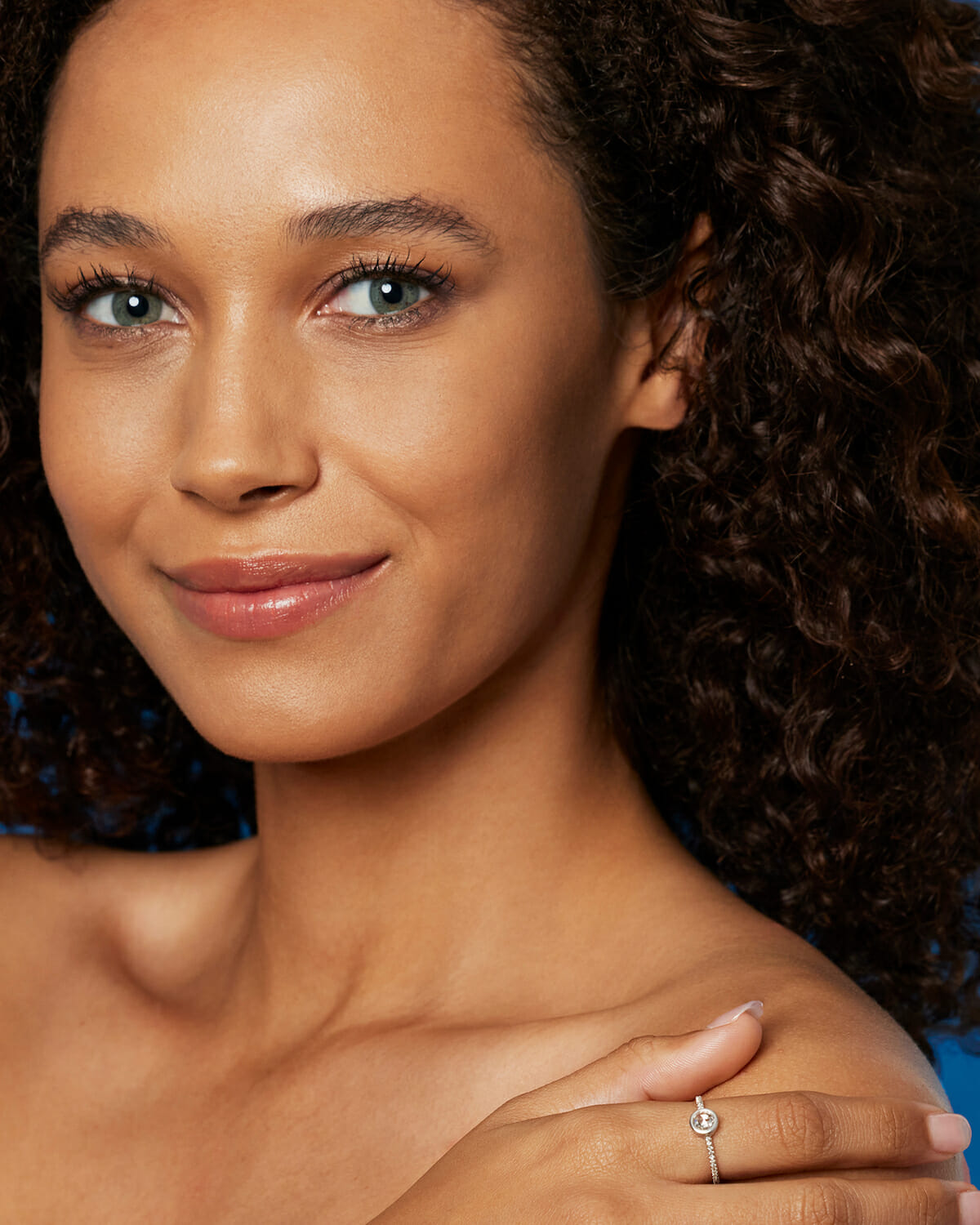
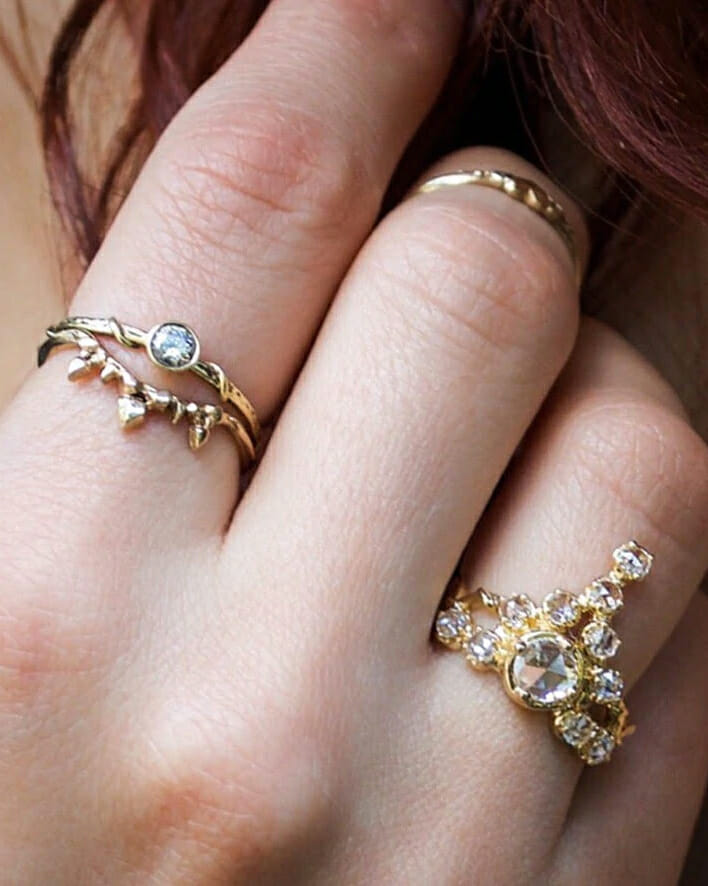

THE ROSE CUT WAS INVENTED DURING THE 15TH CENTURY IN INDIA.
Emerald
No shape more aptly fits the diamond nickname “ice” than the emerald cut. Developed in the 1920s Art Deco era, the confusing name evolved from the fact it was the most popular shape for emeralds at the time. Emerald cut diamonds are generally rectangular but they also come in square shapes. They have diagonally cut or chamfered corners. Long step cuts define all four sides. The large table on top of the stone shows off the clarity and color of a diamond more than its brilliance or sparkle. No matter whether the shape is set on a slender band or and placed in artistic angle in a bold gold ring, emeralds always maintain a high level of glamour.
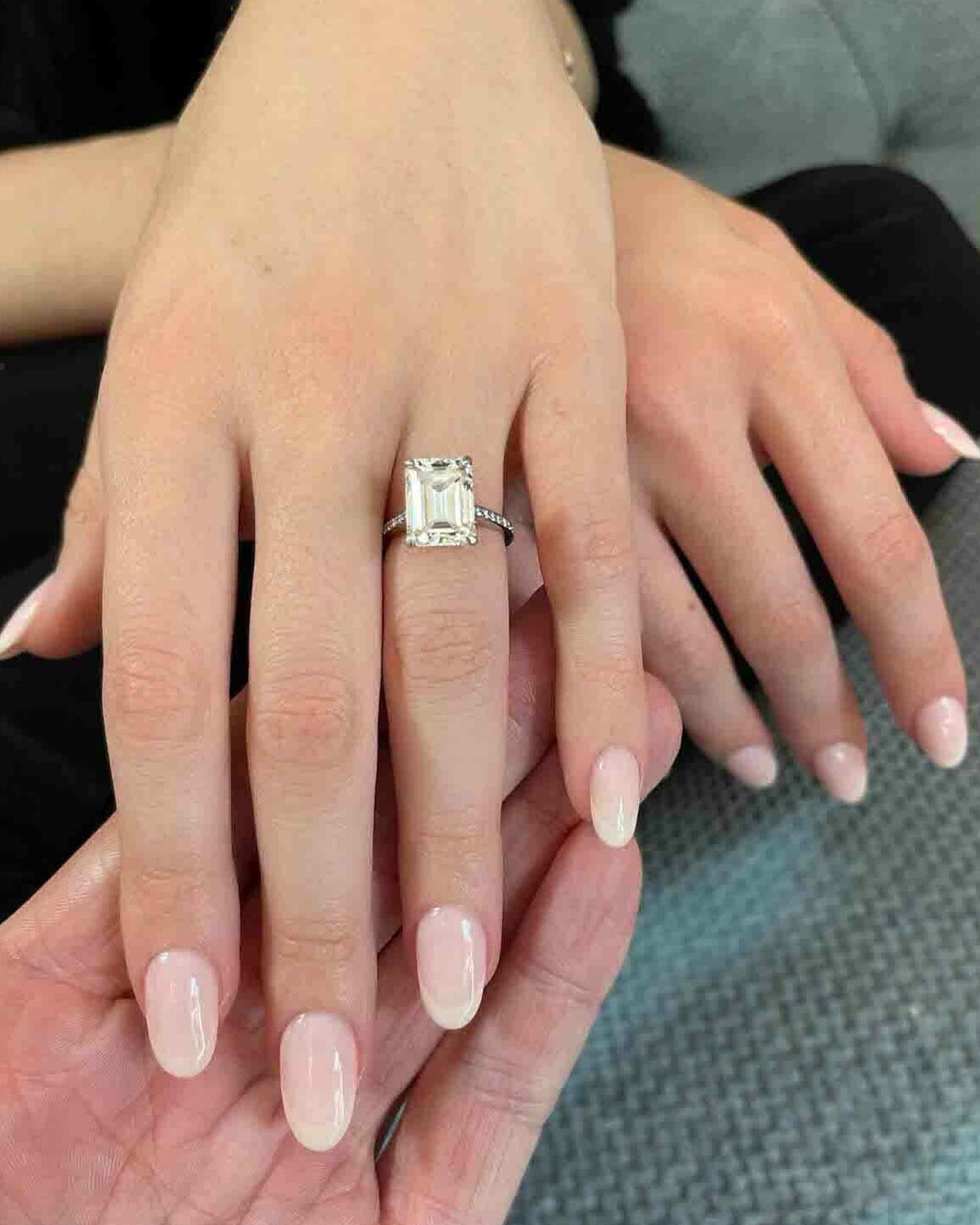
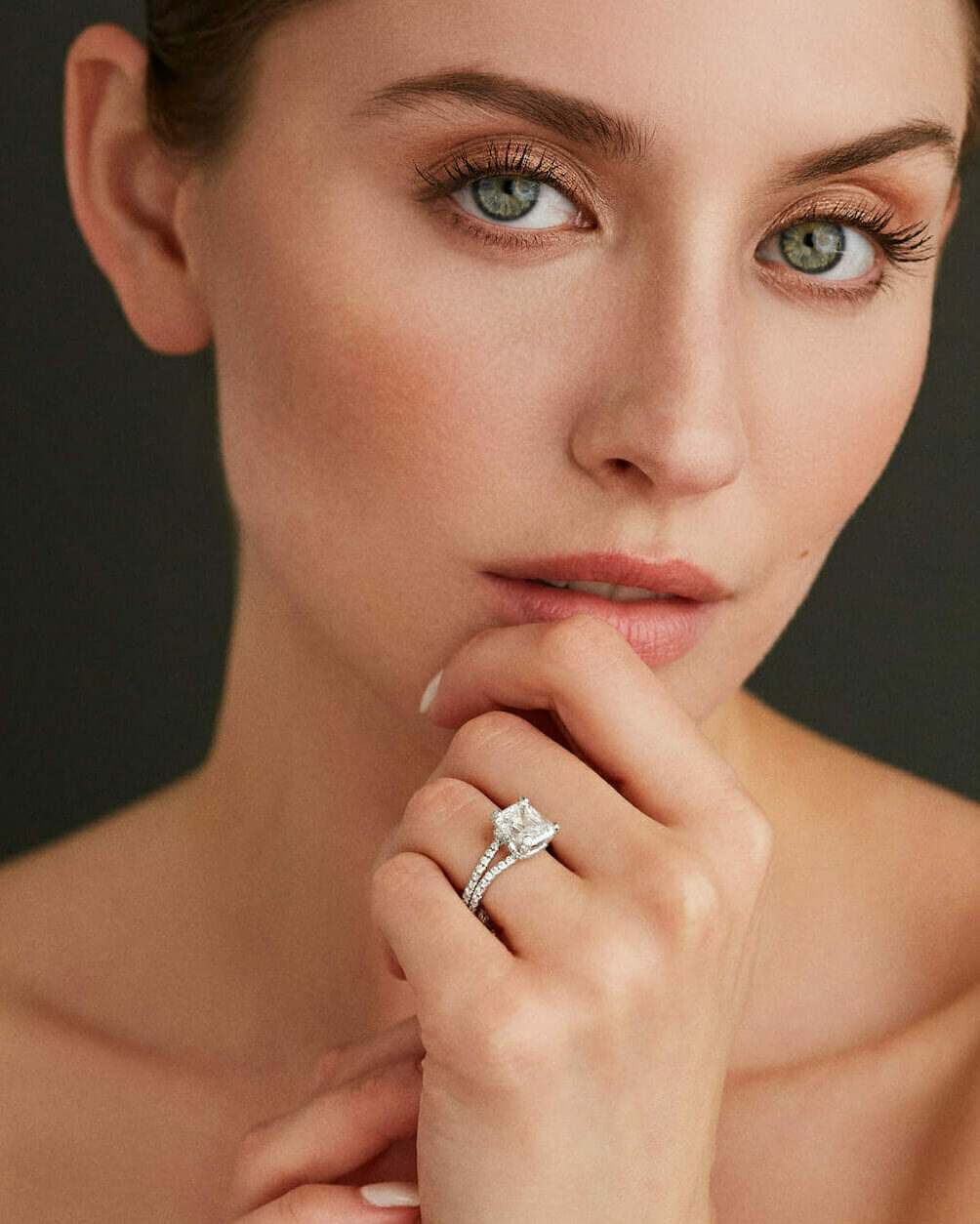


EMERALD CUT DIAMONDS ALWAYS MAINTAIN A HIGH LEVEL OF GLAMOUR.
Unique and Special Shapes
There are innumerable shapes to choose from for engagement rings beyond the 7 listed above. The word “modified” is often added to a shape’s name. It simply means the design is not exactly textbook. Instead, the lapidary made a few adjustments to get the most brilliance from a piece of rough.
Some jewelers, including Tiffany and David Yurman, who want to make an engagement ring a total expression of their style have designed their own proprietary diamond shape. This concept is relatively new. It began in the late 1990s. The debutante diamonds are often named after the jeweler who designed them.
Several historic and unusual shapes can also be found in engagement rings today. Asscher cuts are striking squares designed by Abraham Asscher around 1902. Heart shapes, rhomboids, portraits and facetted spheres evolve from uniquely shaped rough diamonds. They make for a very special way to celebrate your love.

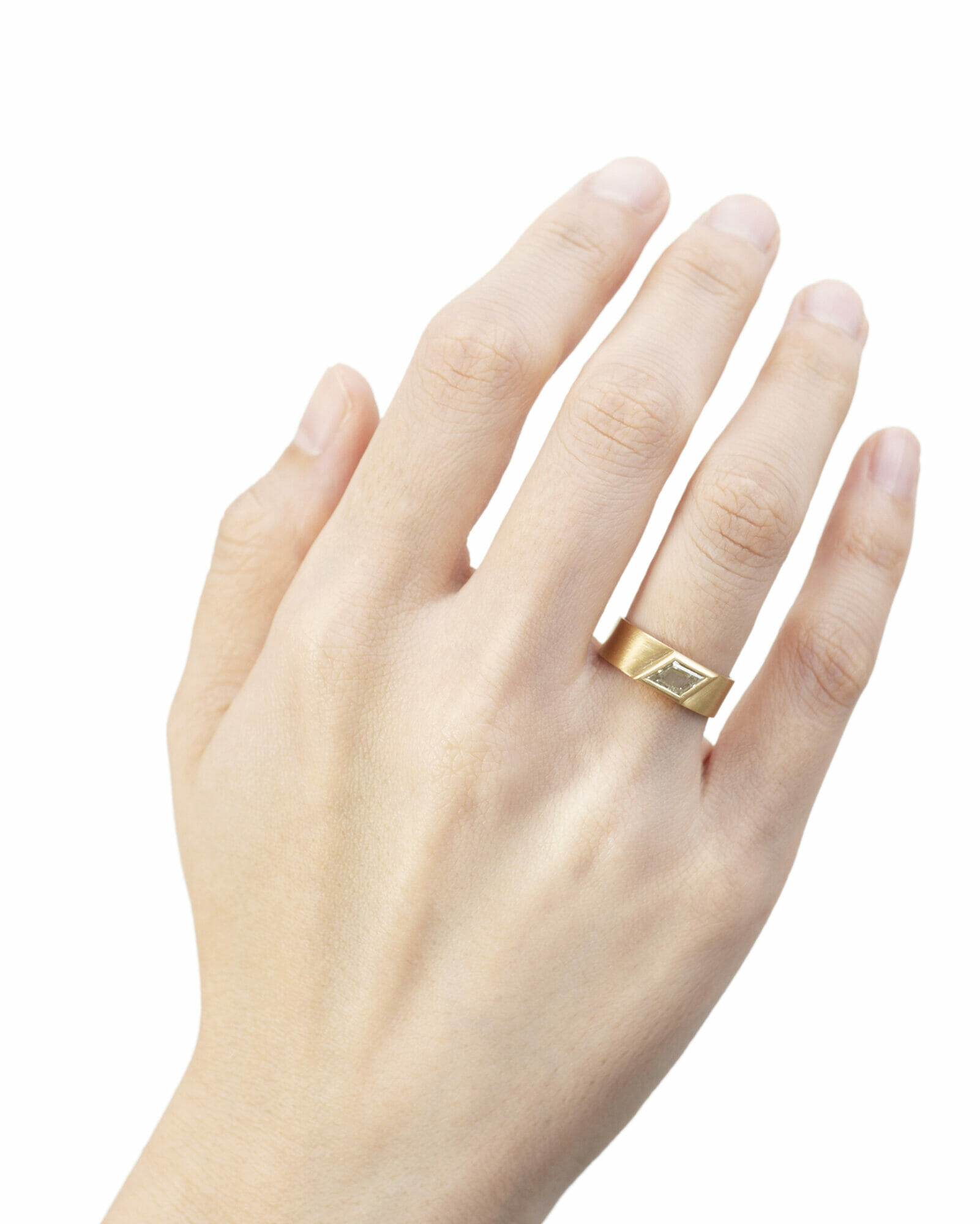
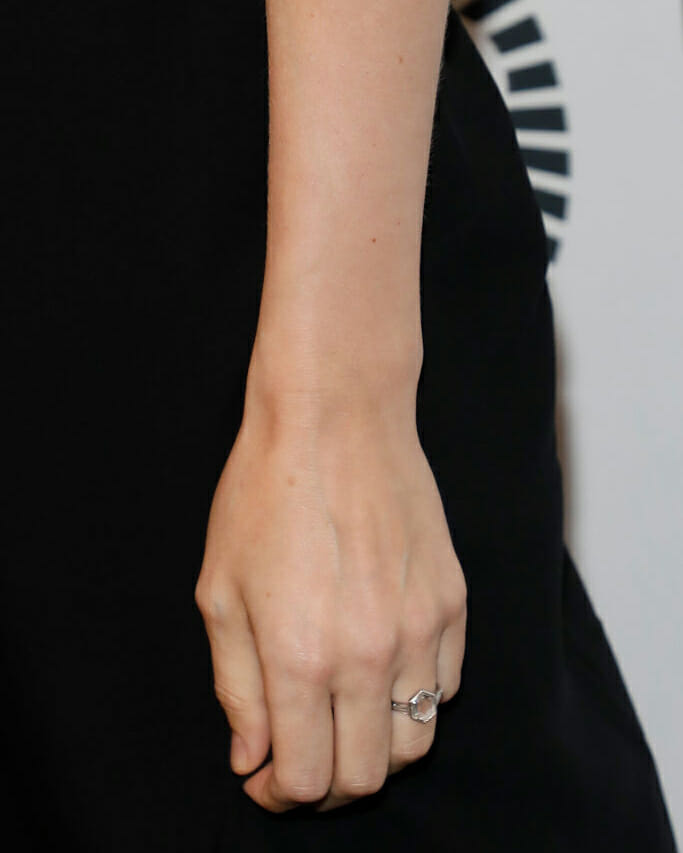

UNIQUE AND SPECIAL DIAMOND SHAPES MAKE FOR A VERY SPECIAL WAY TO CELEBRATE YOUR LOVE.

